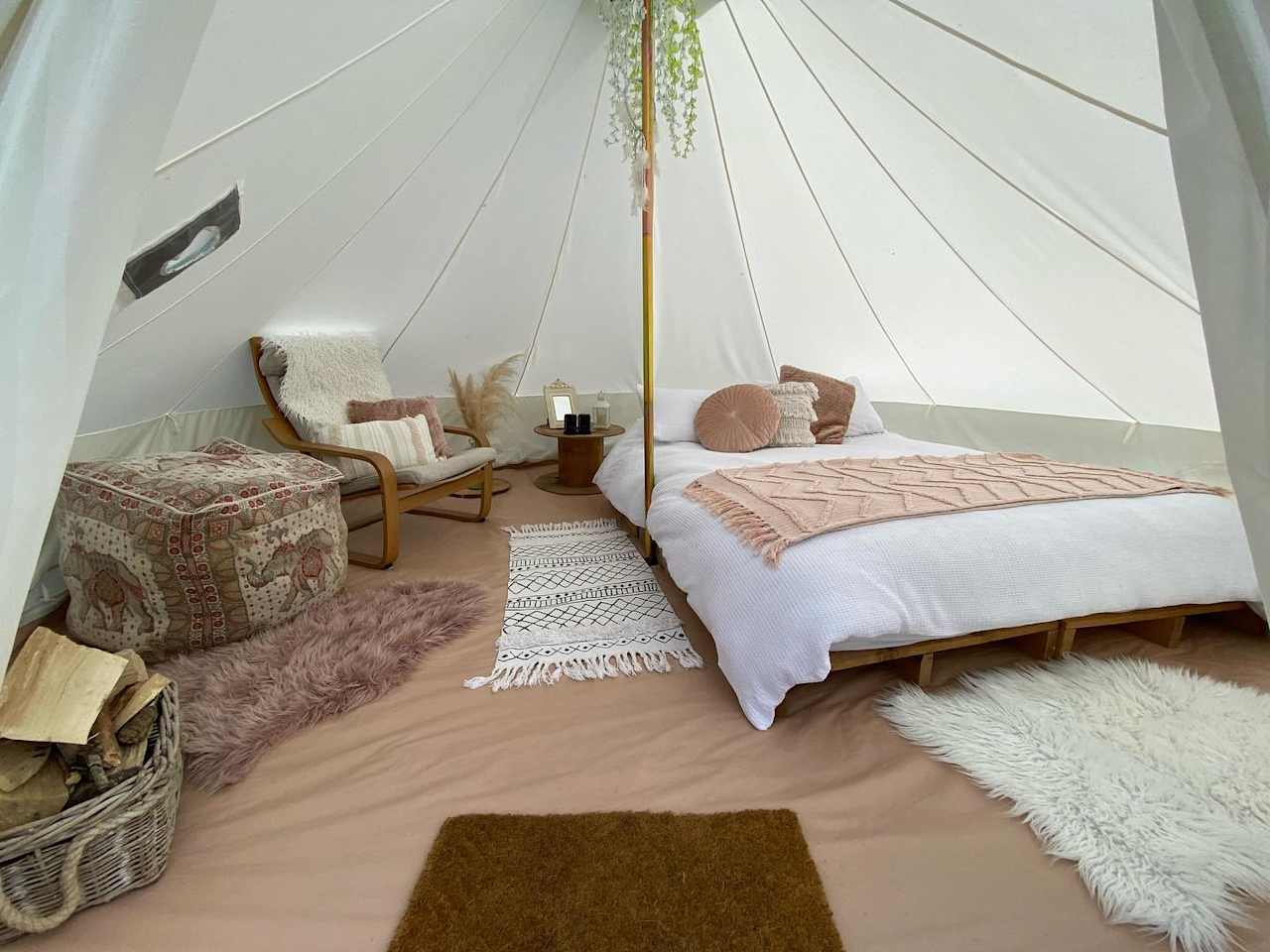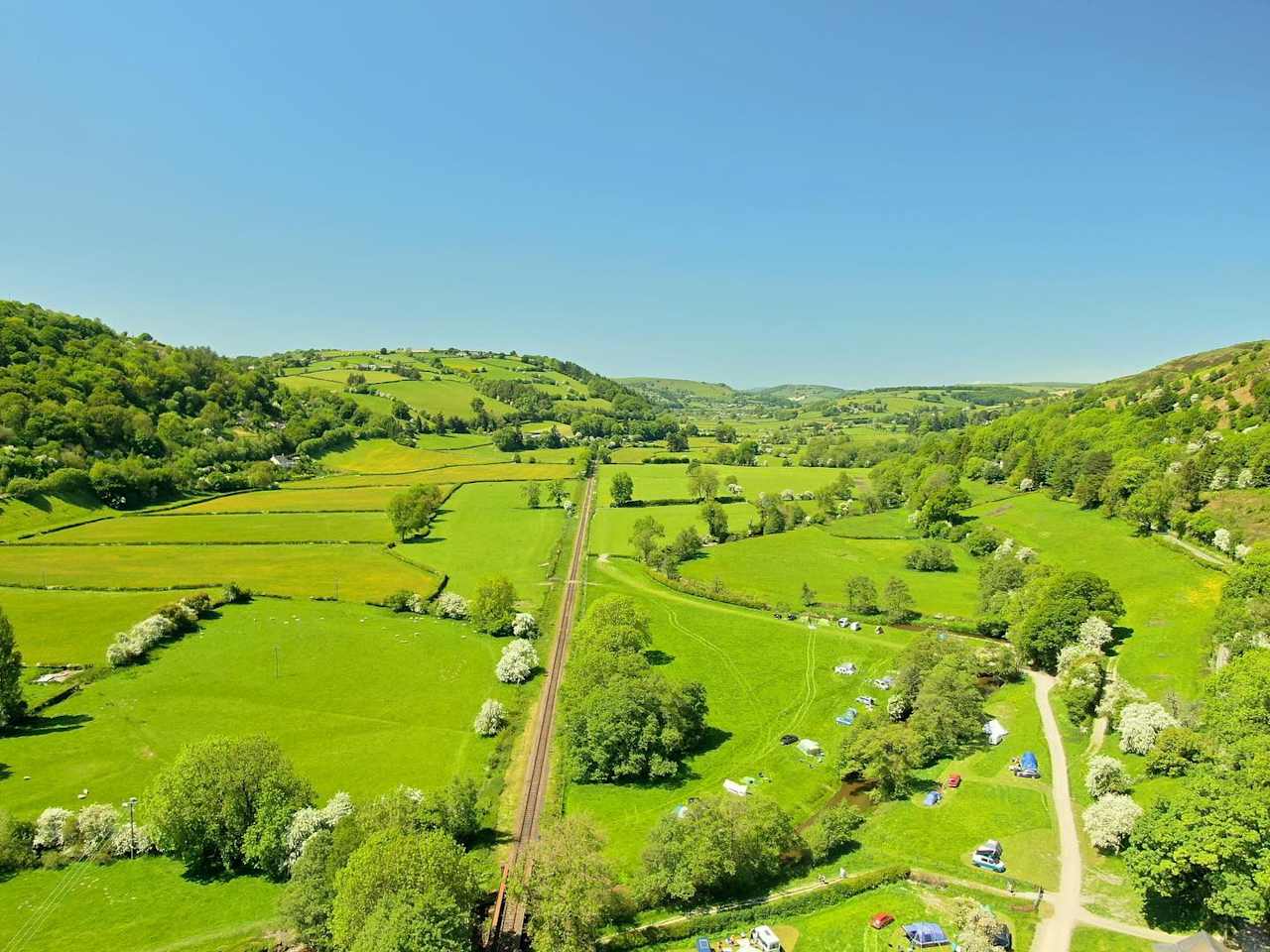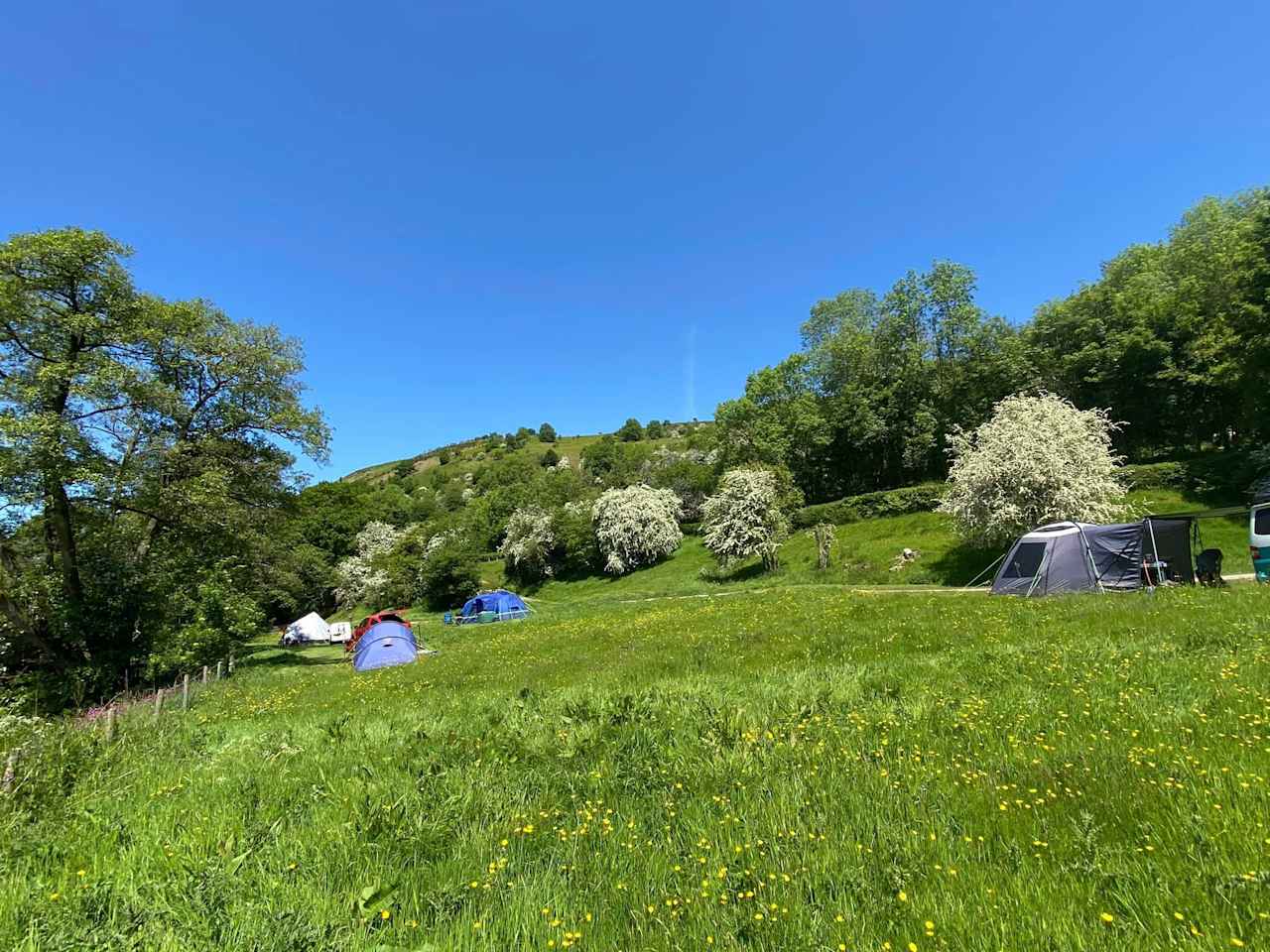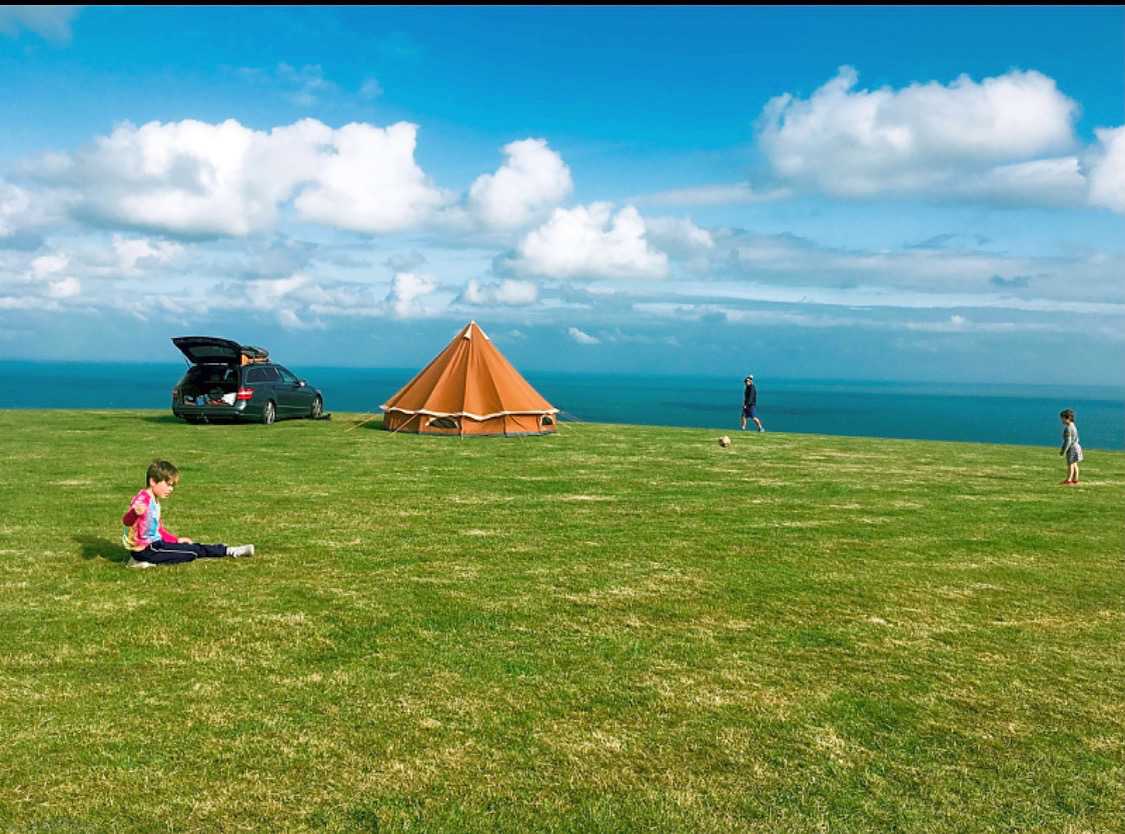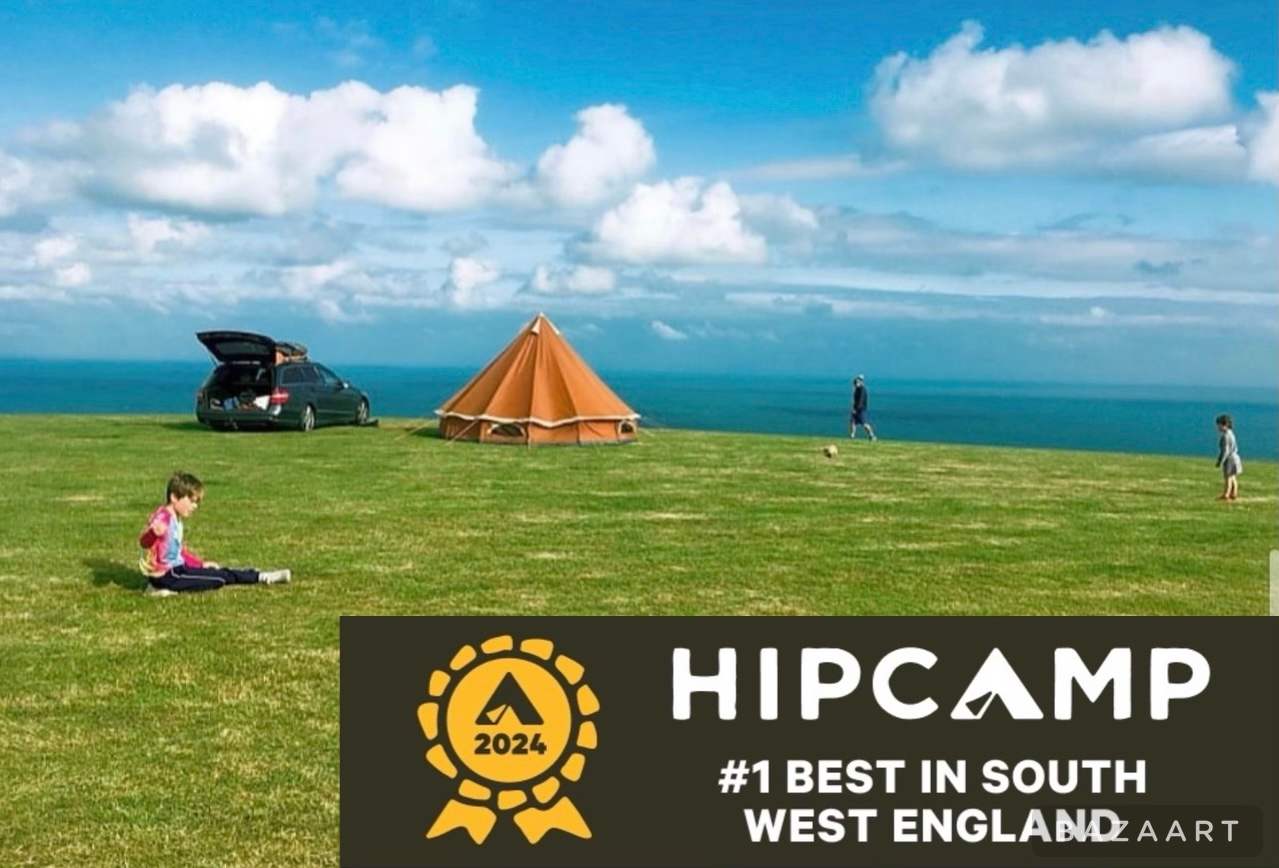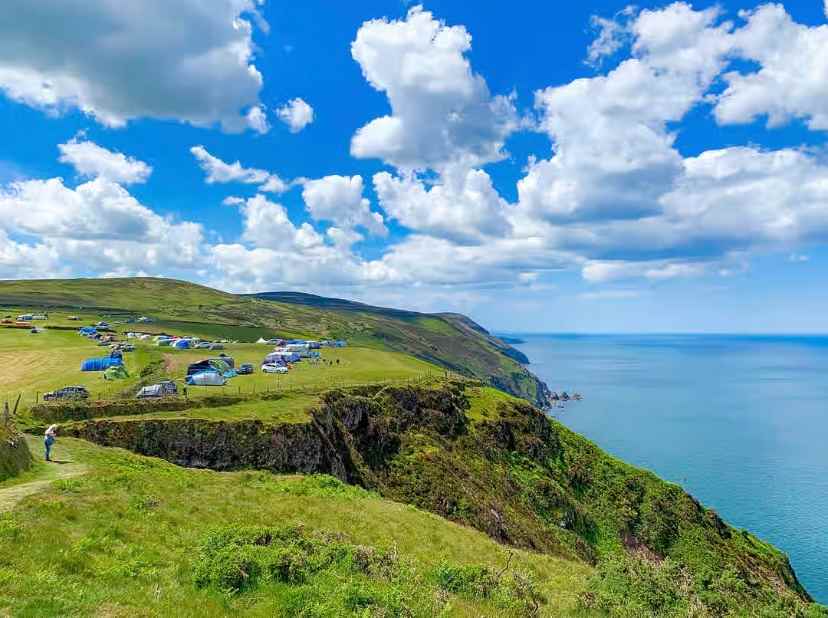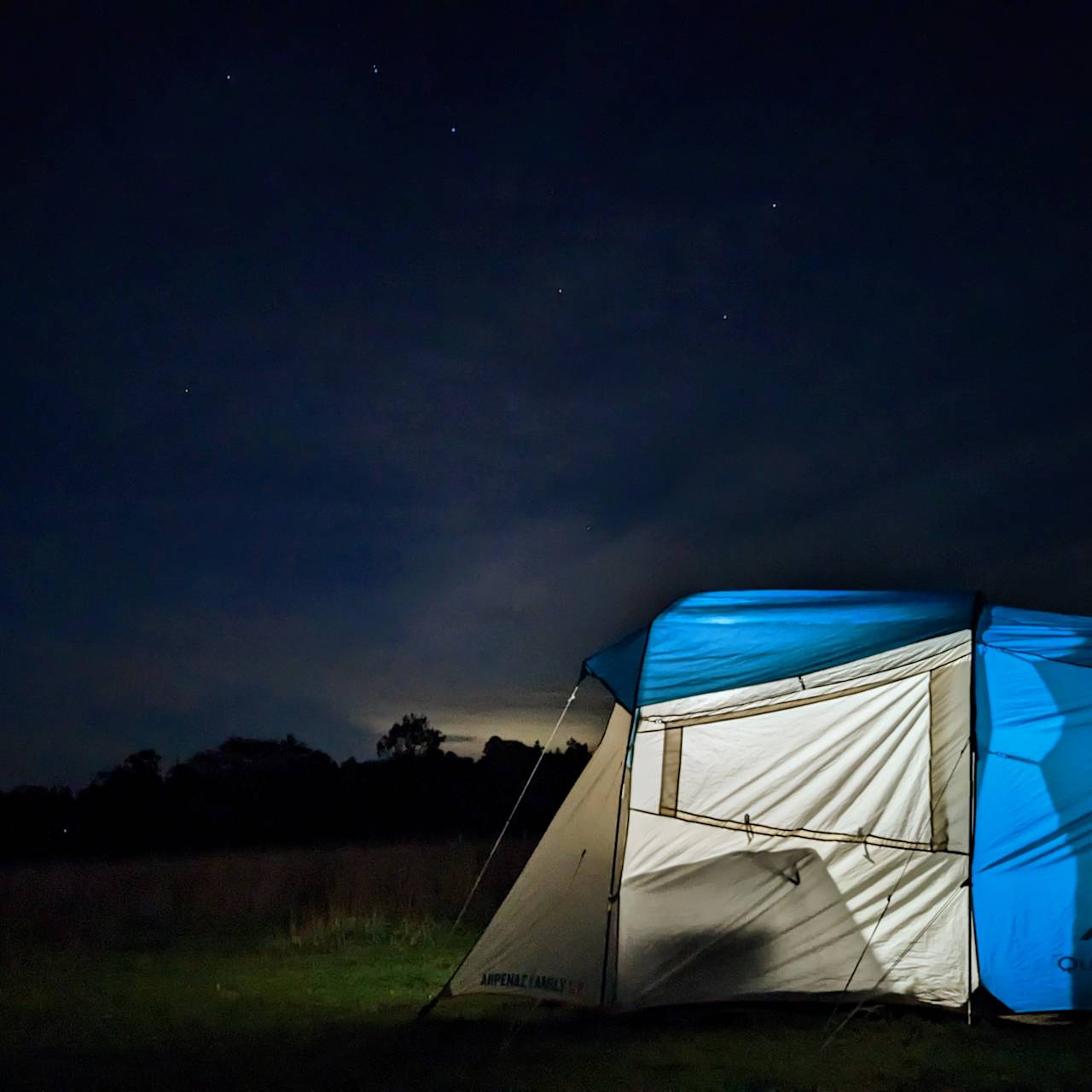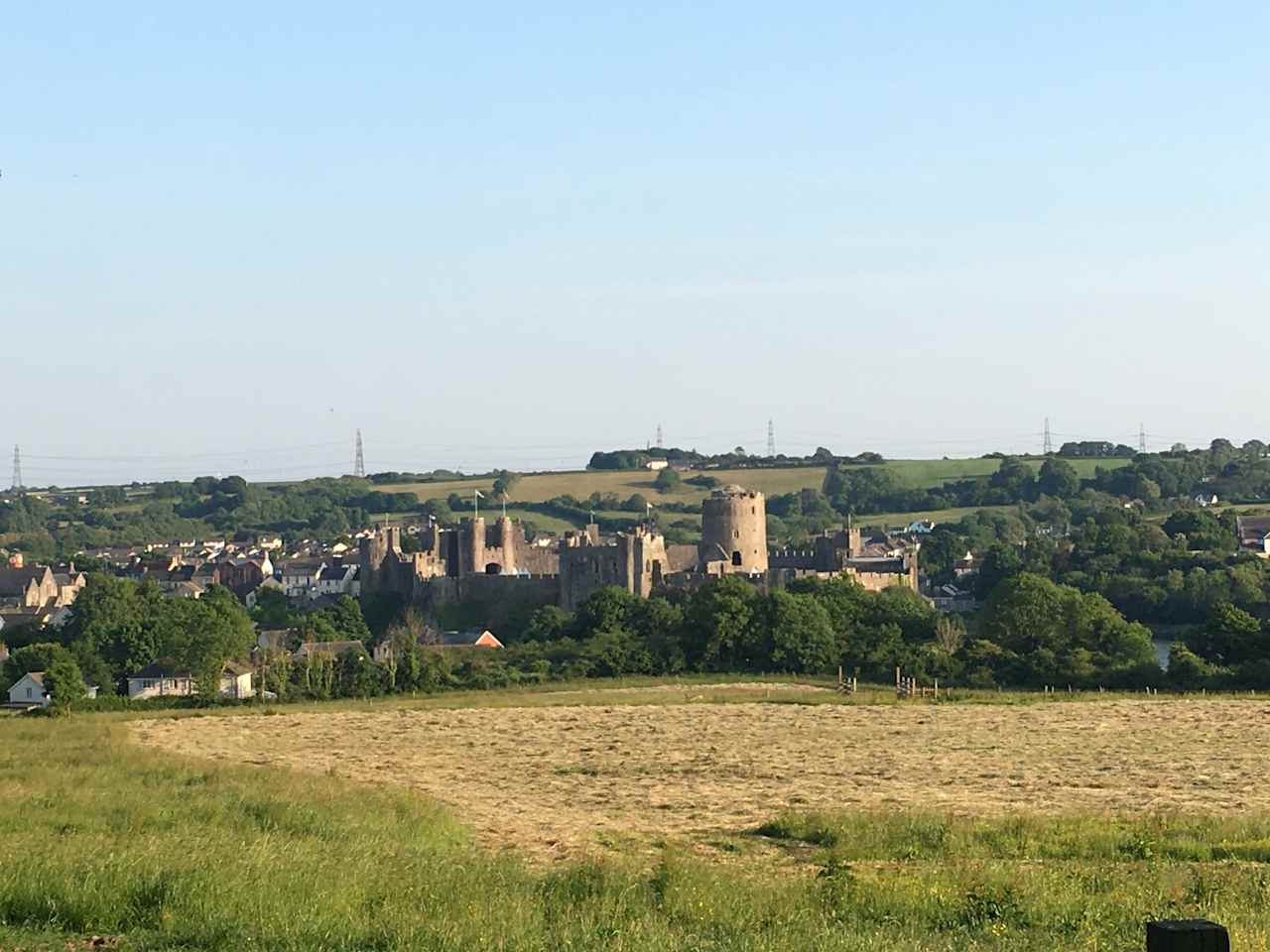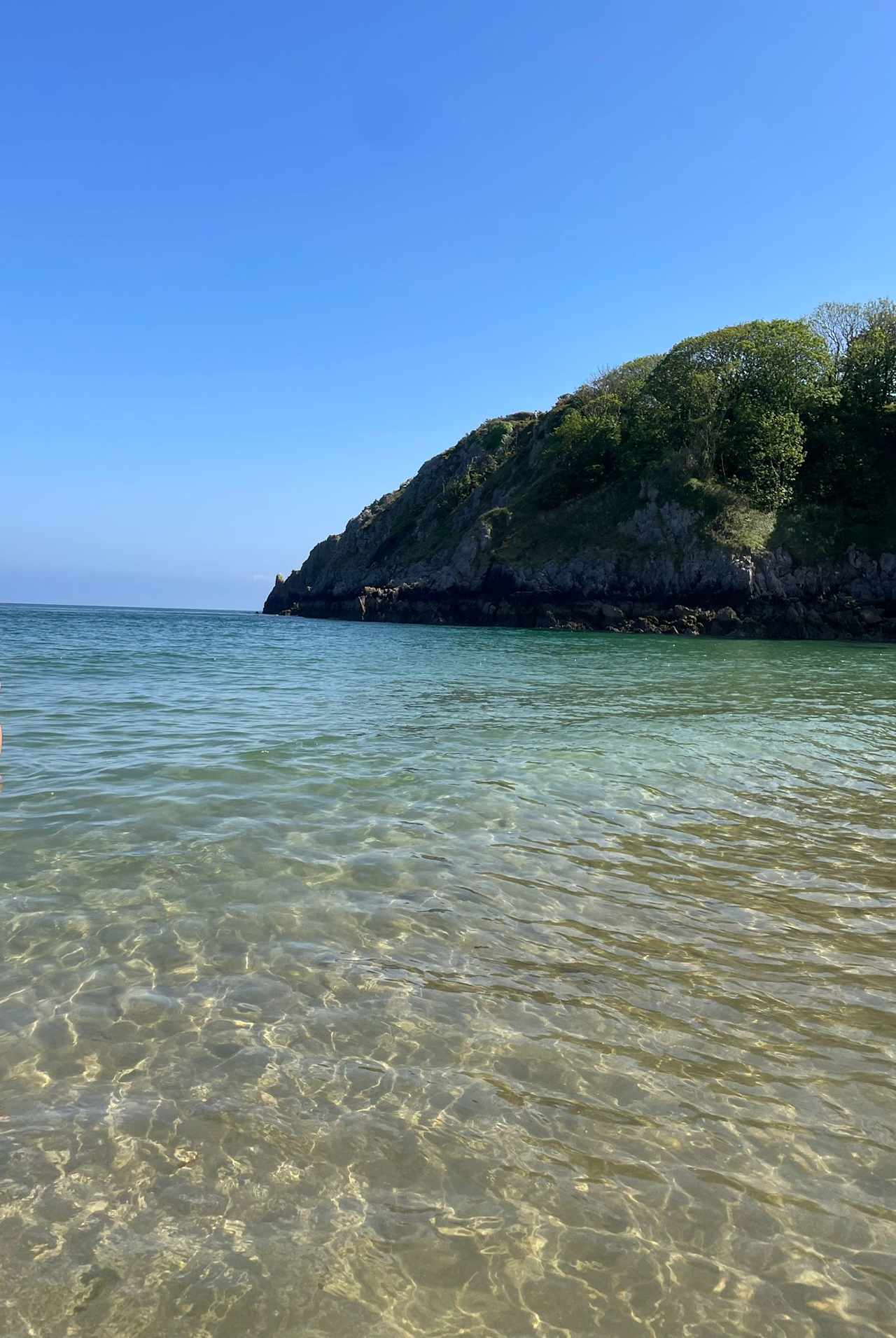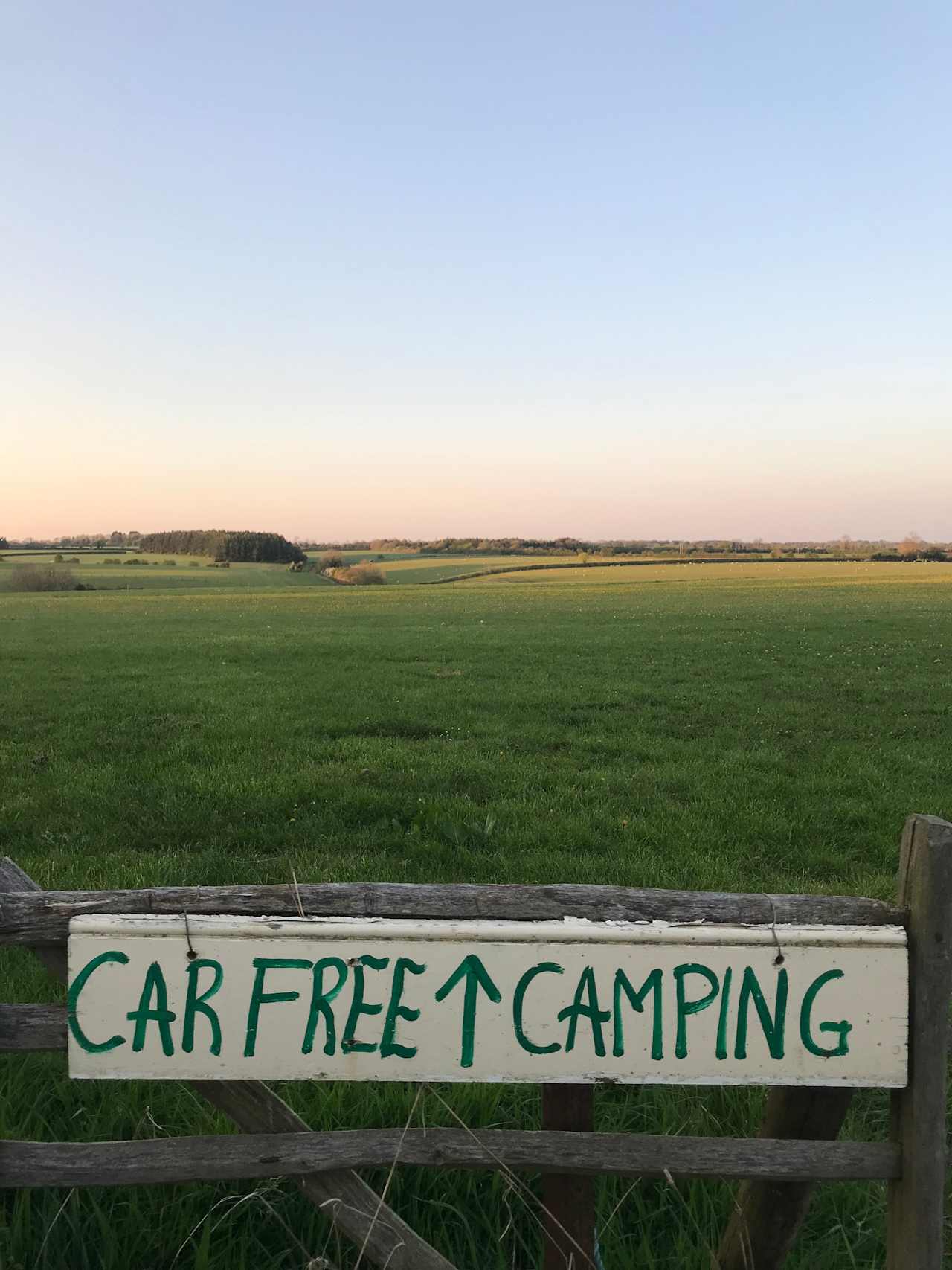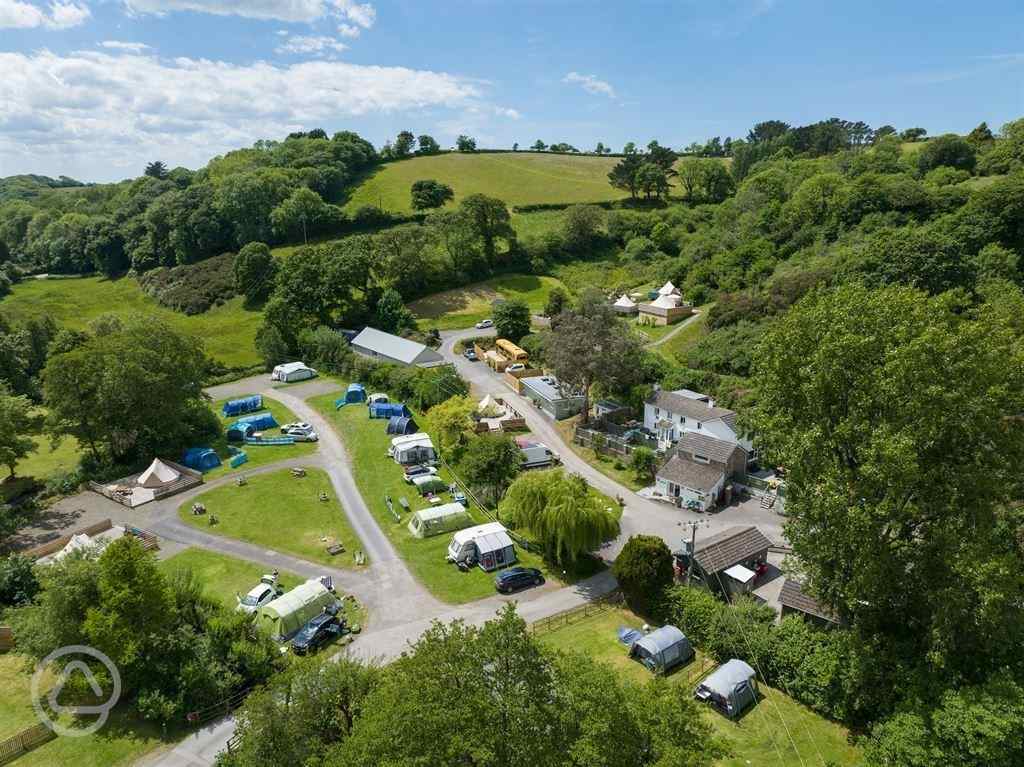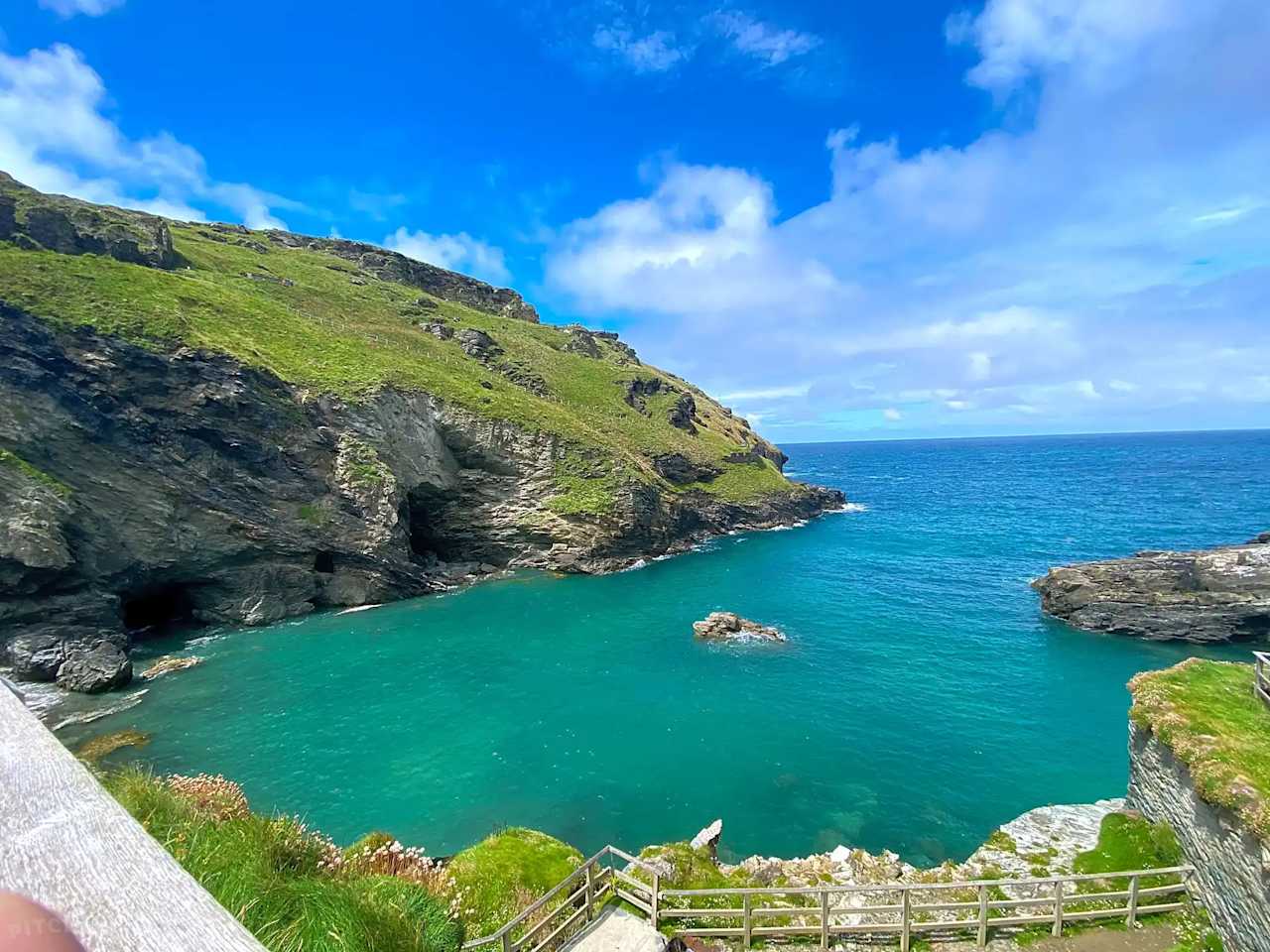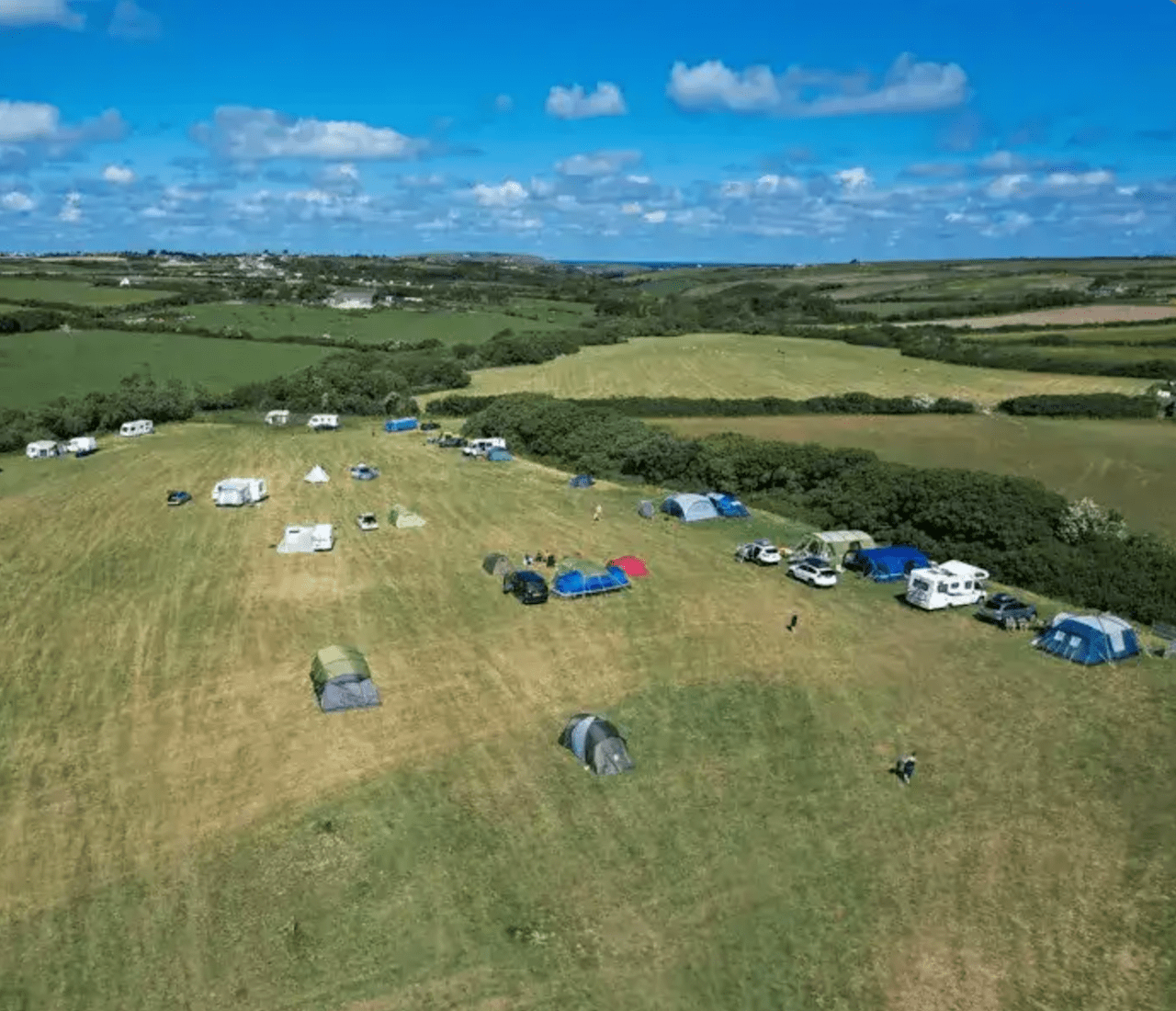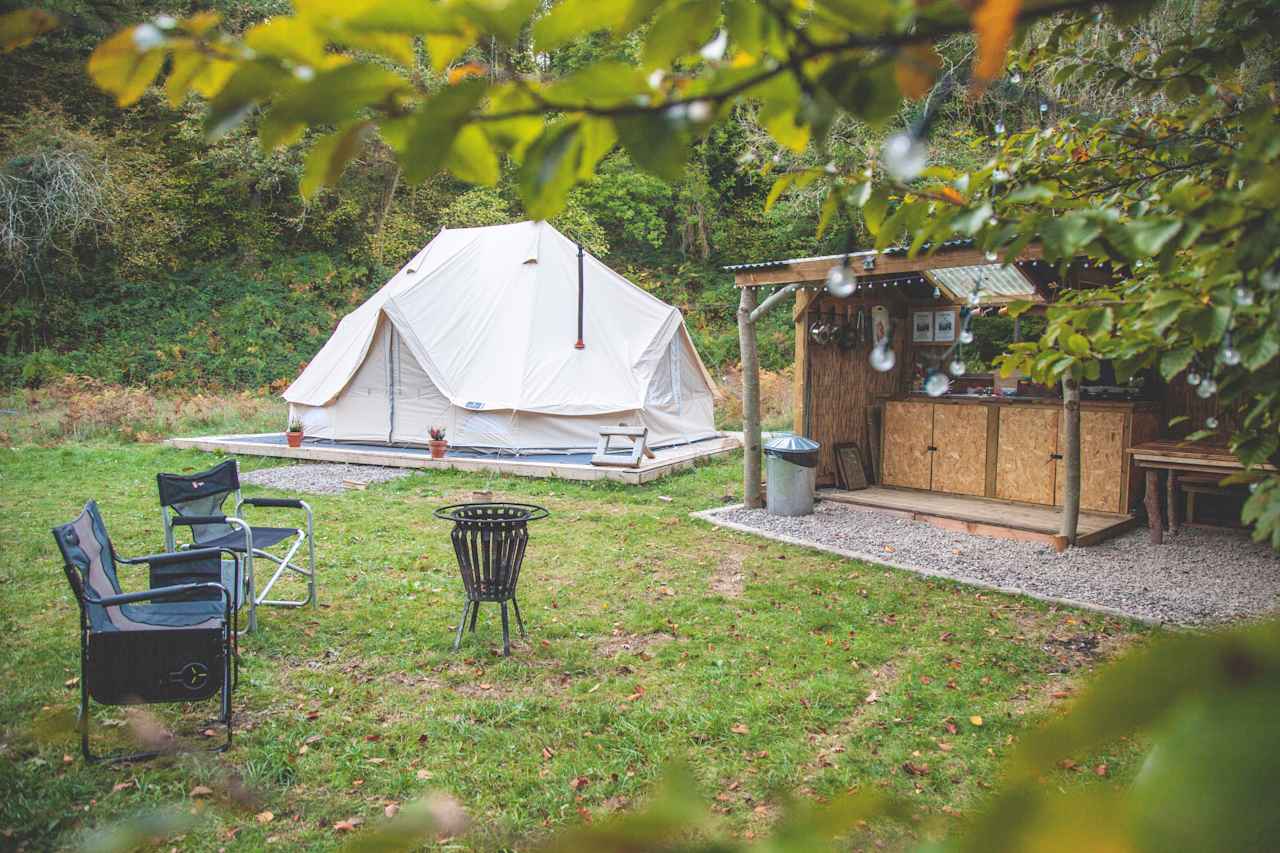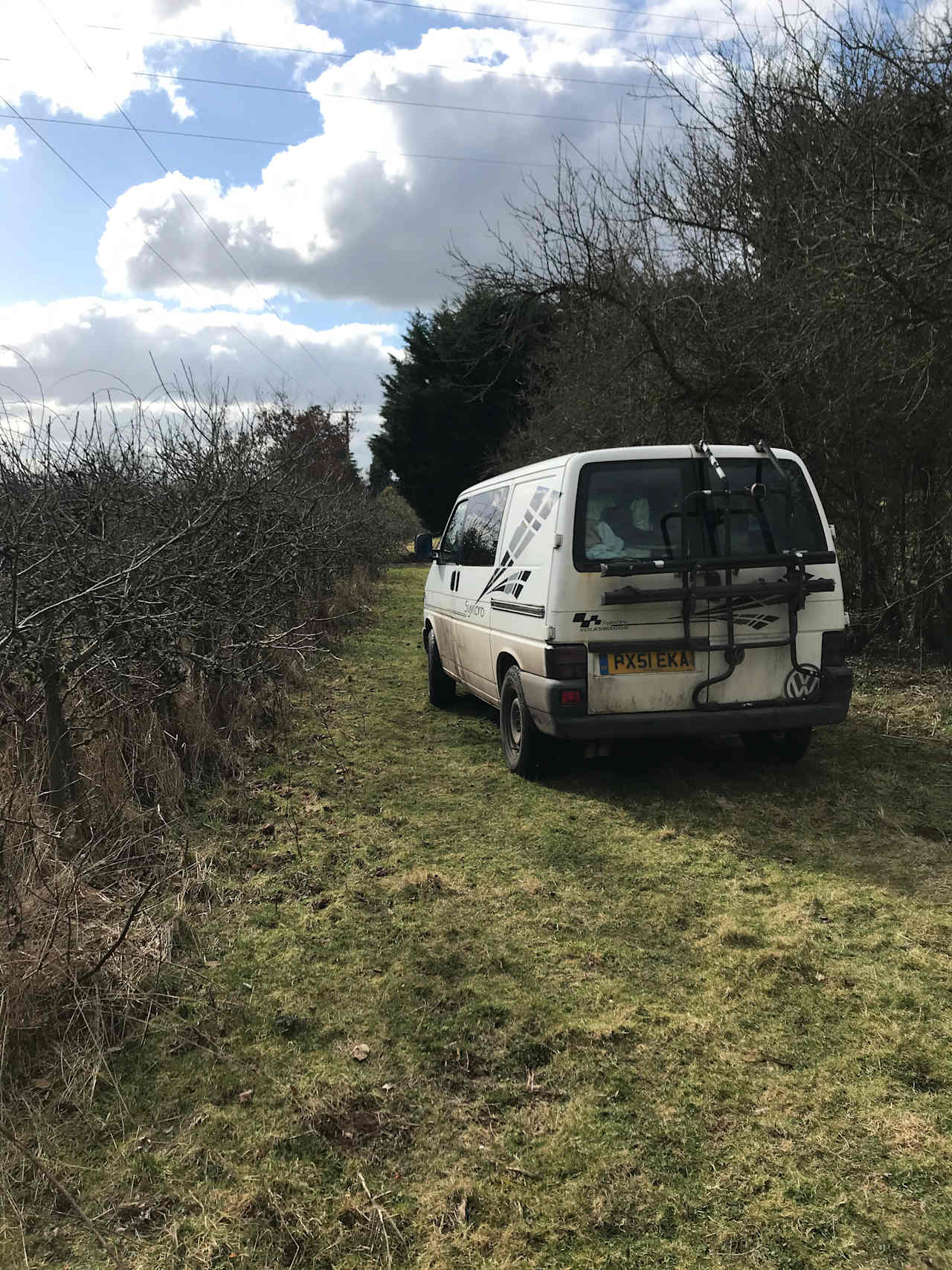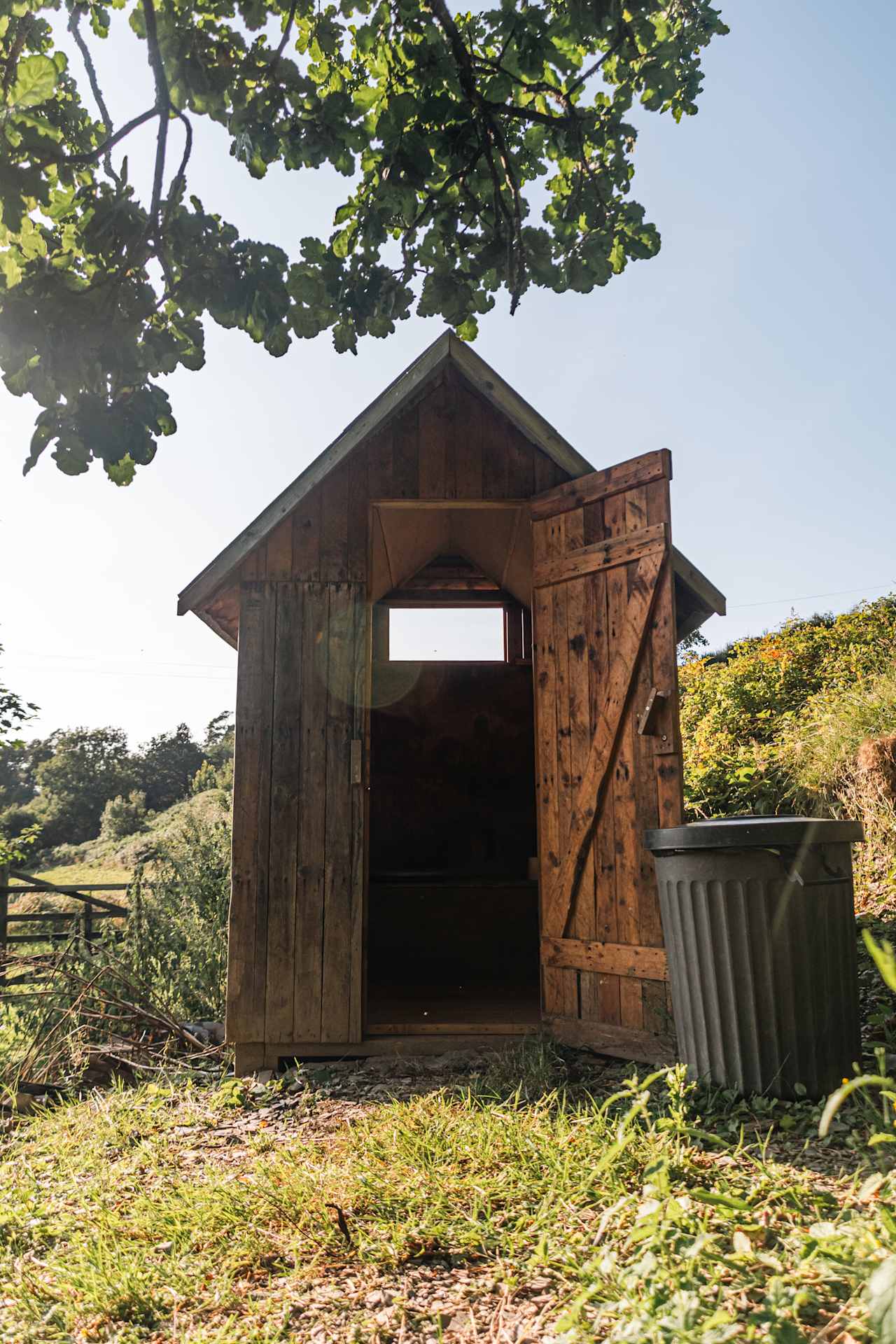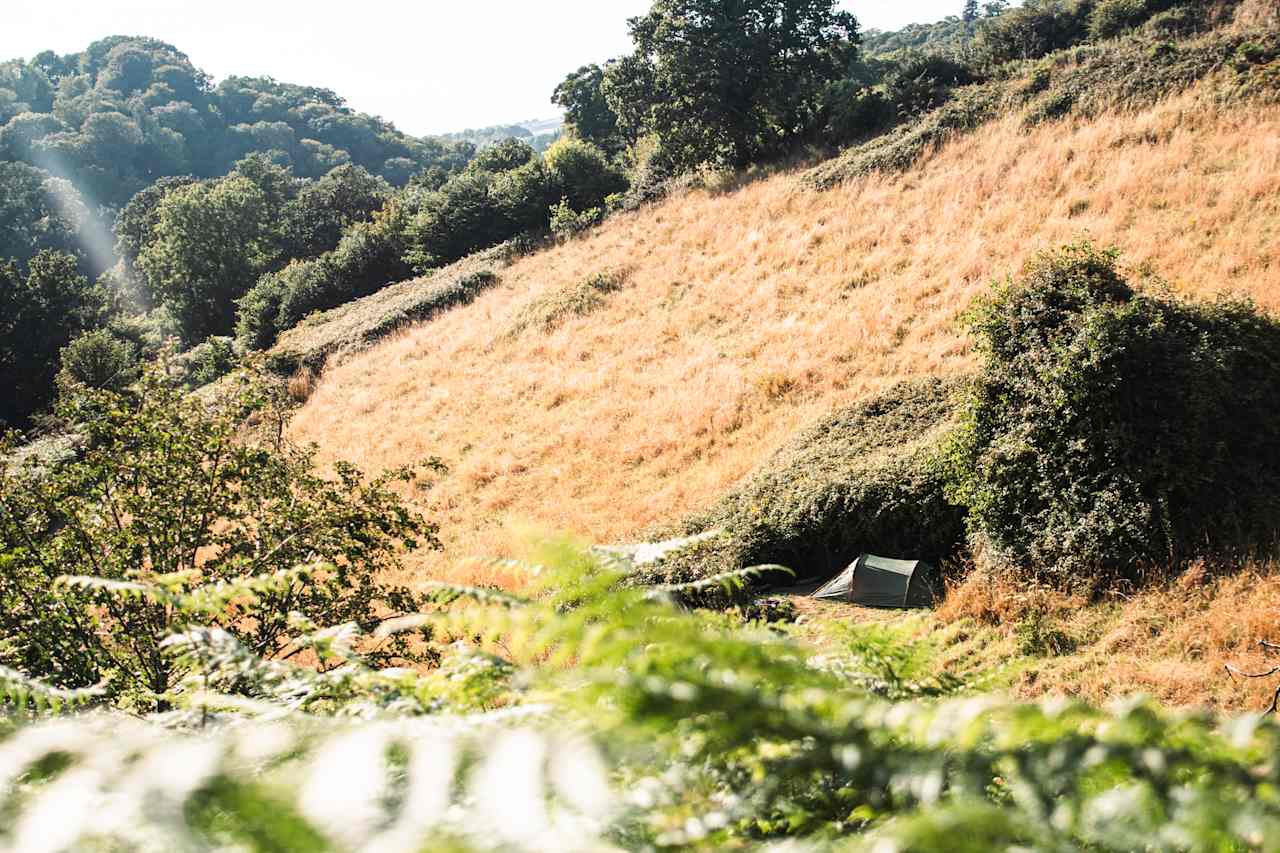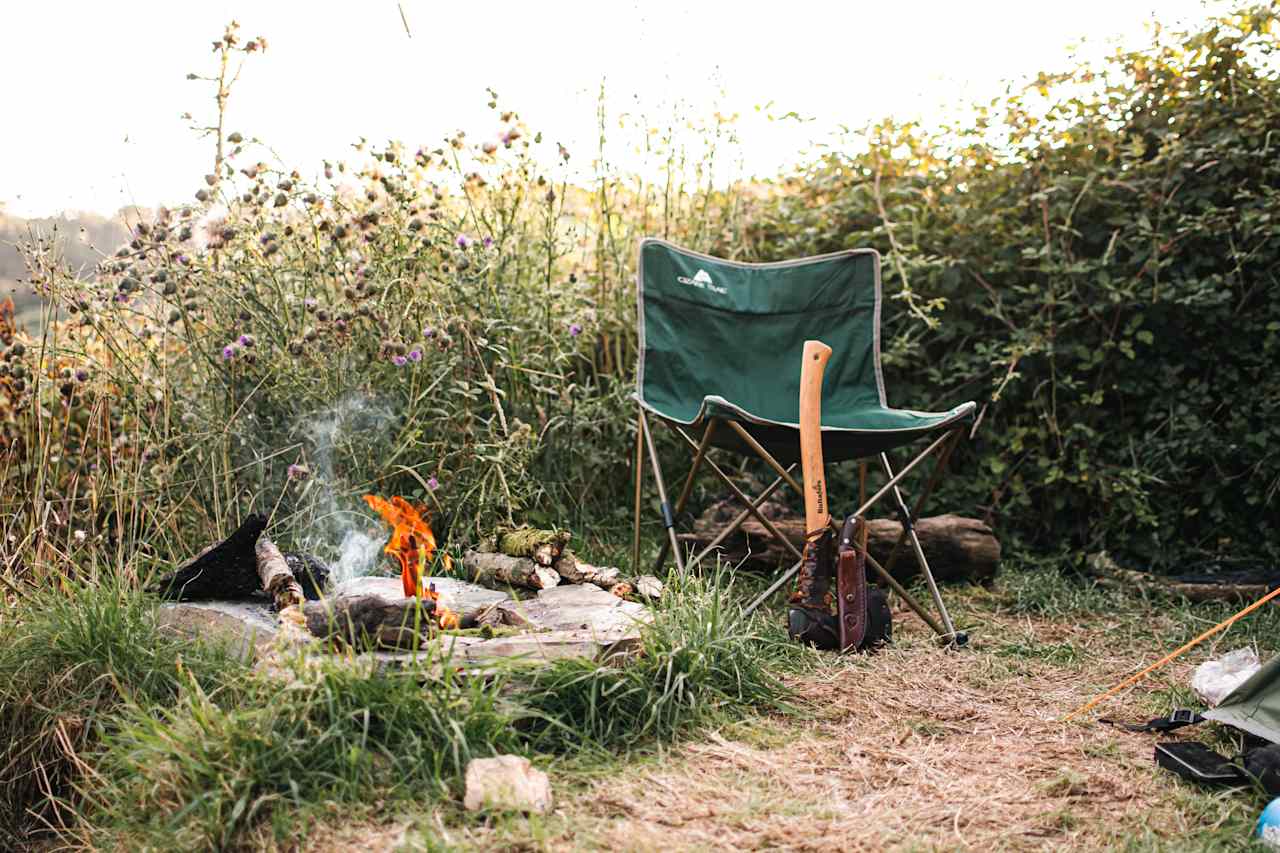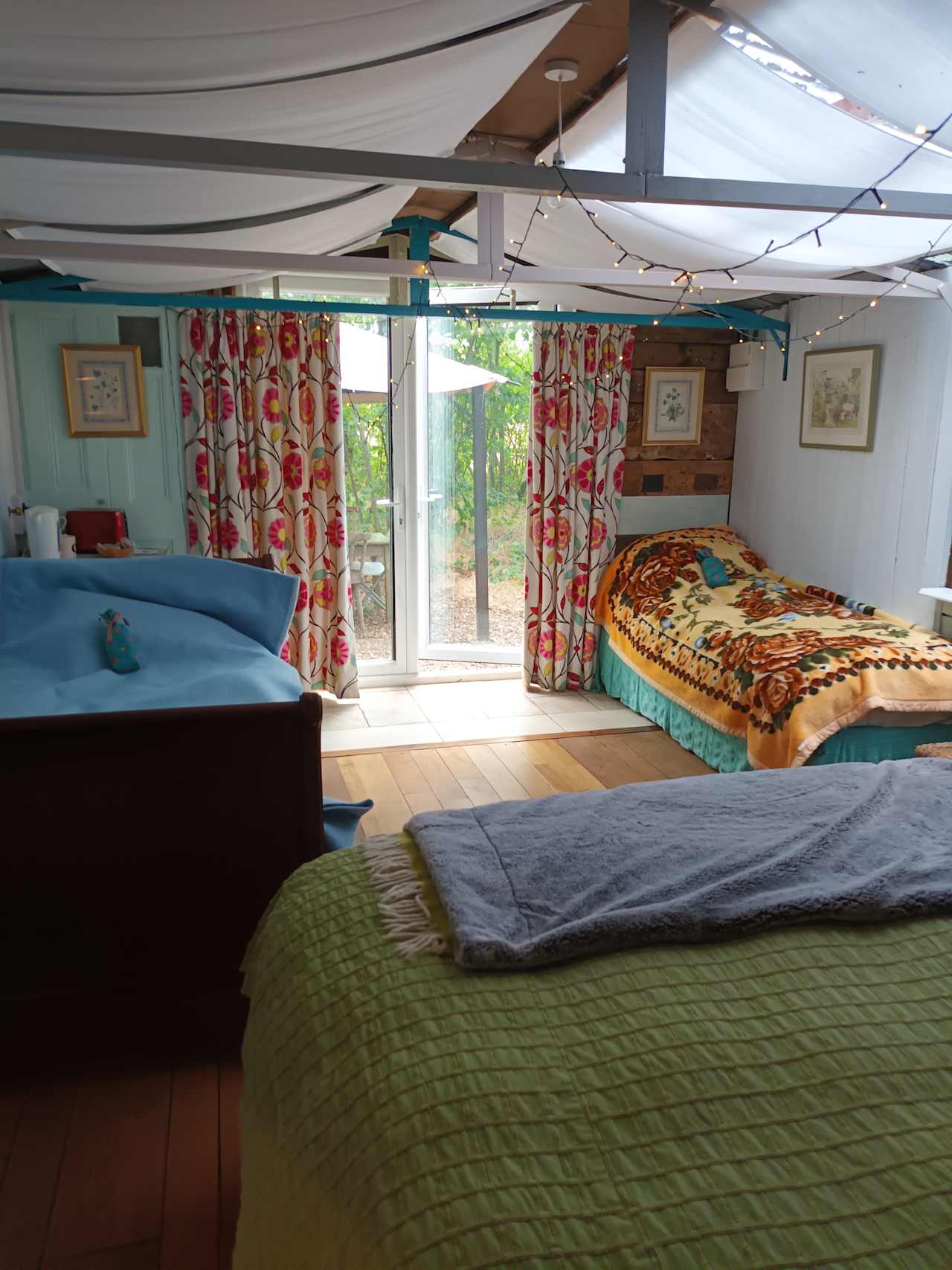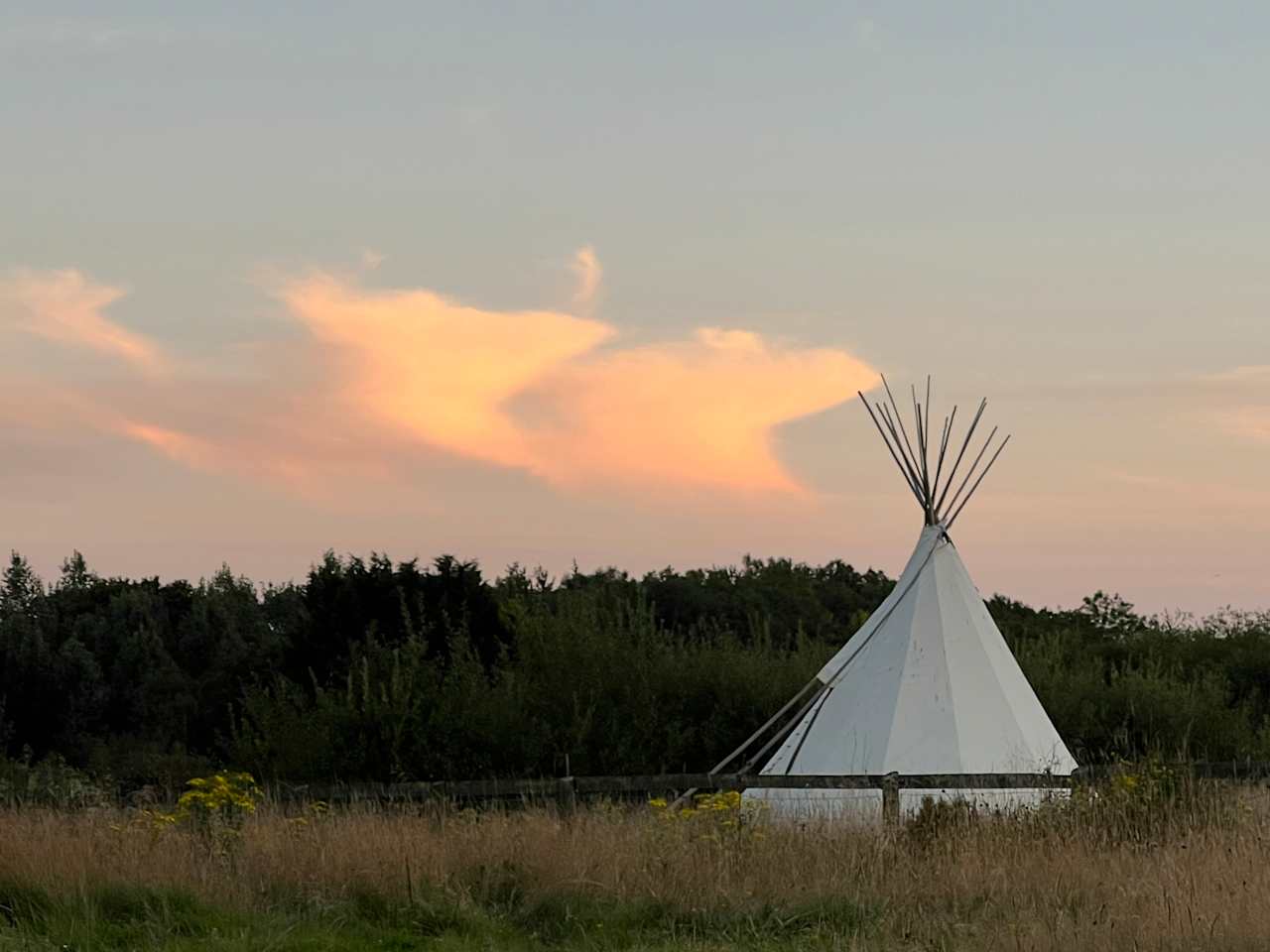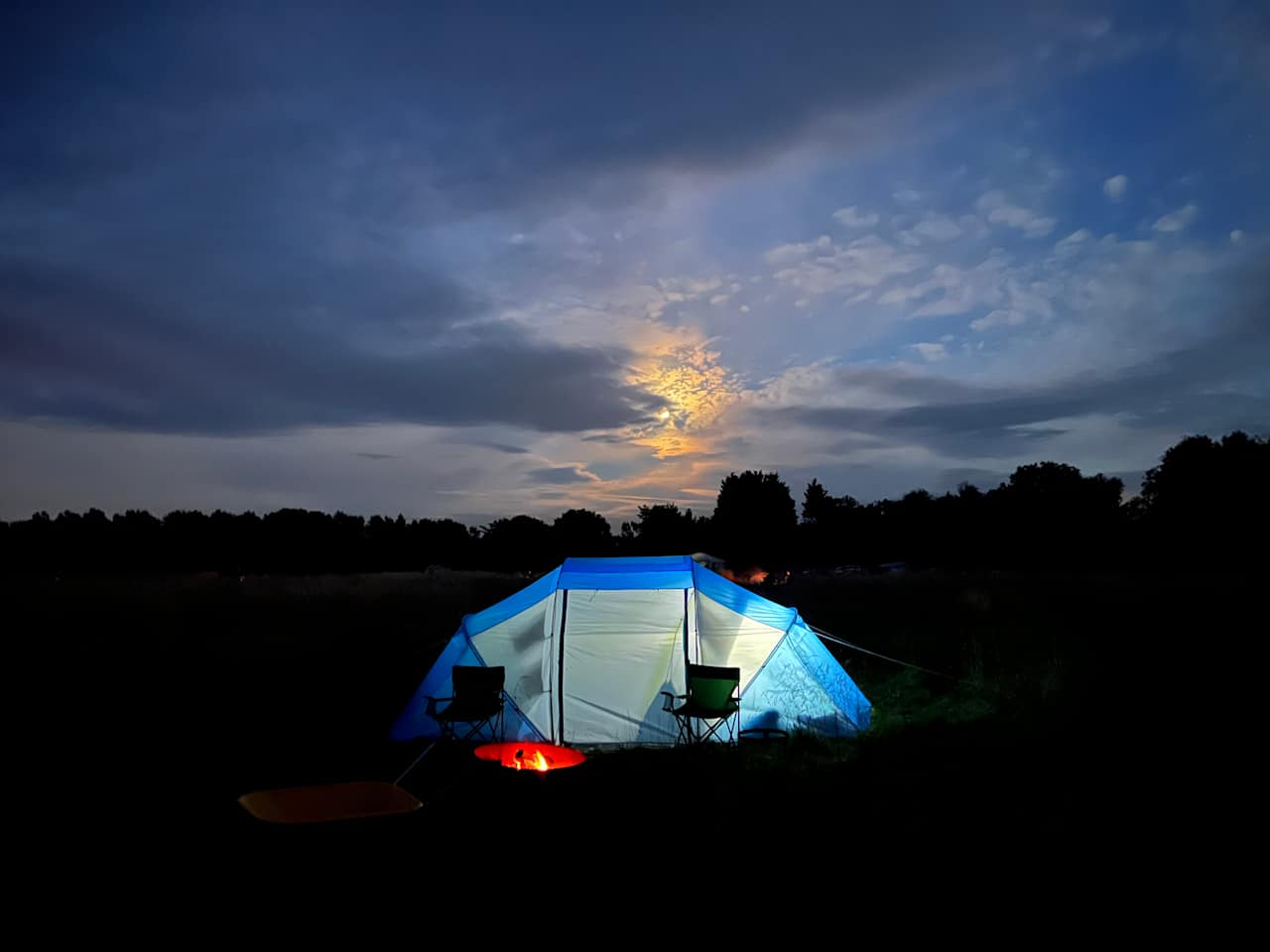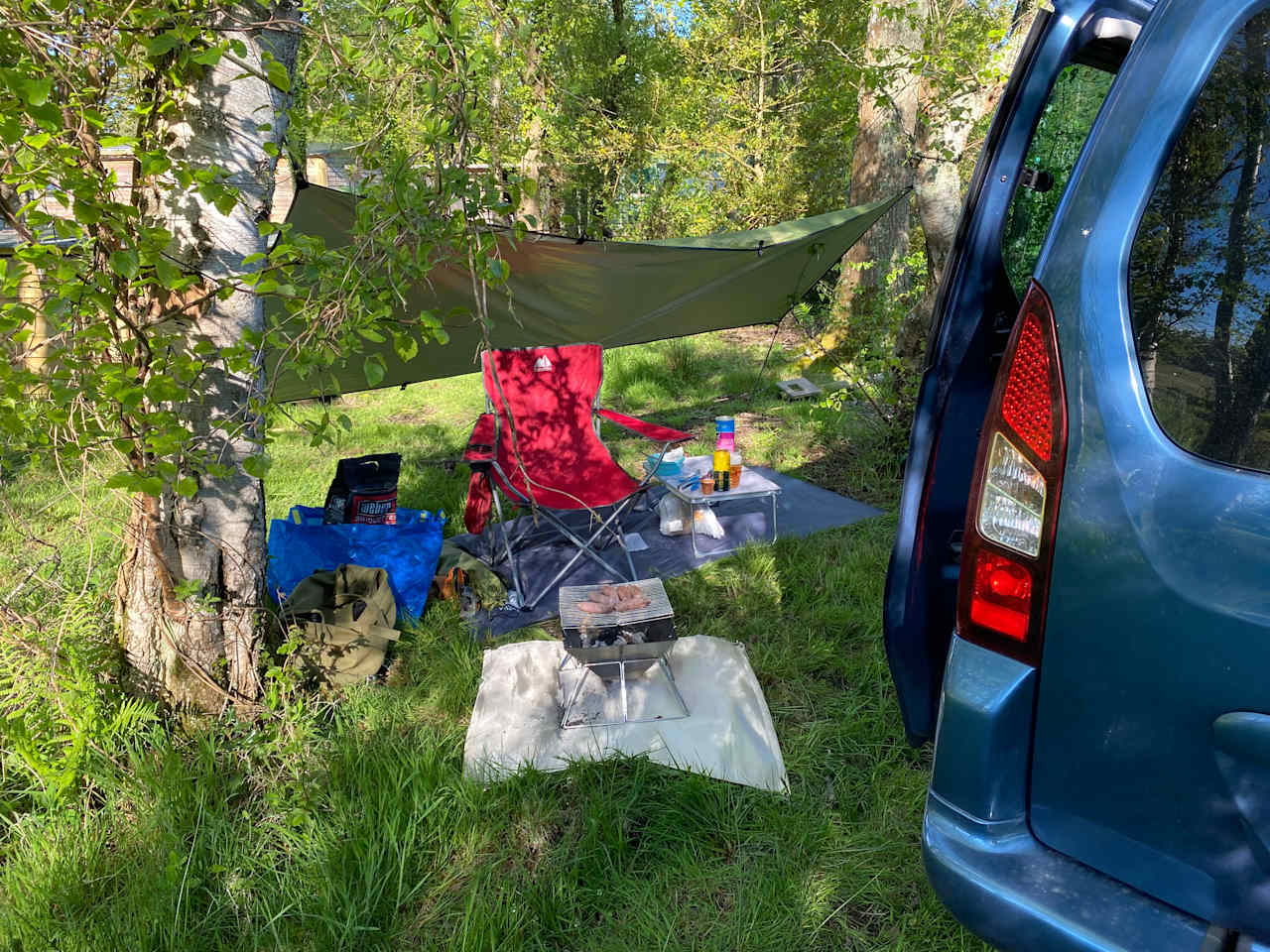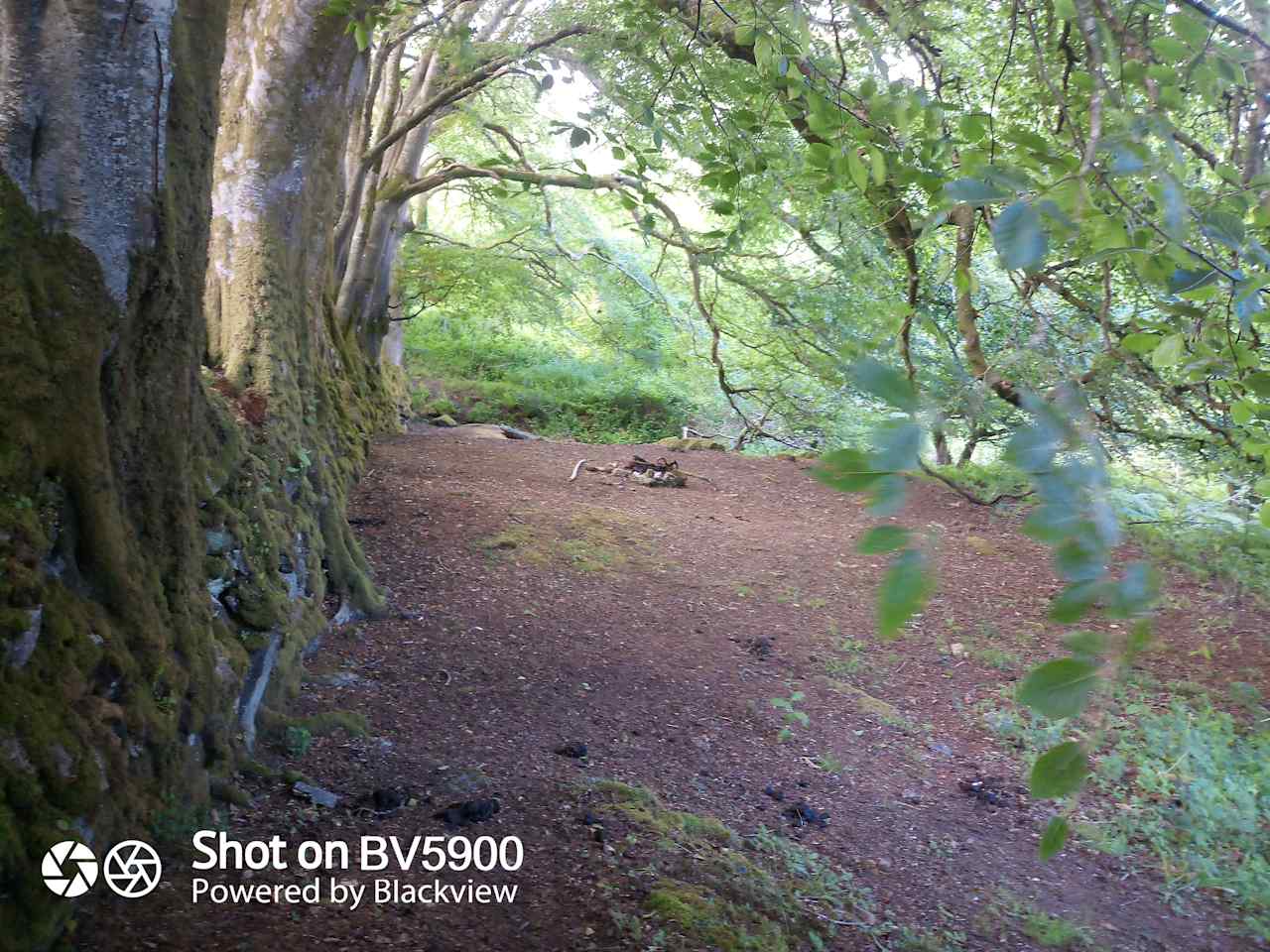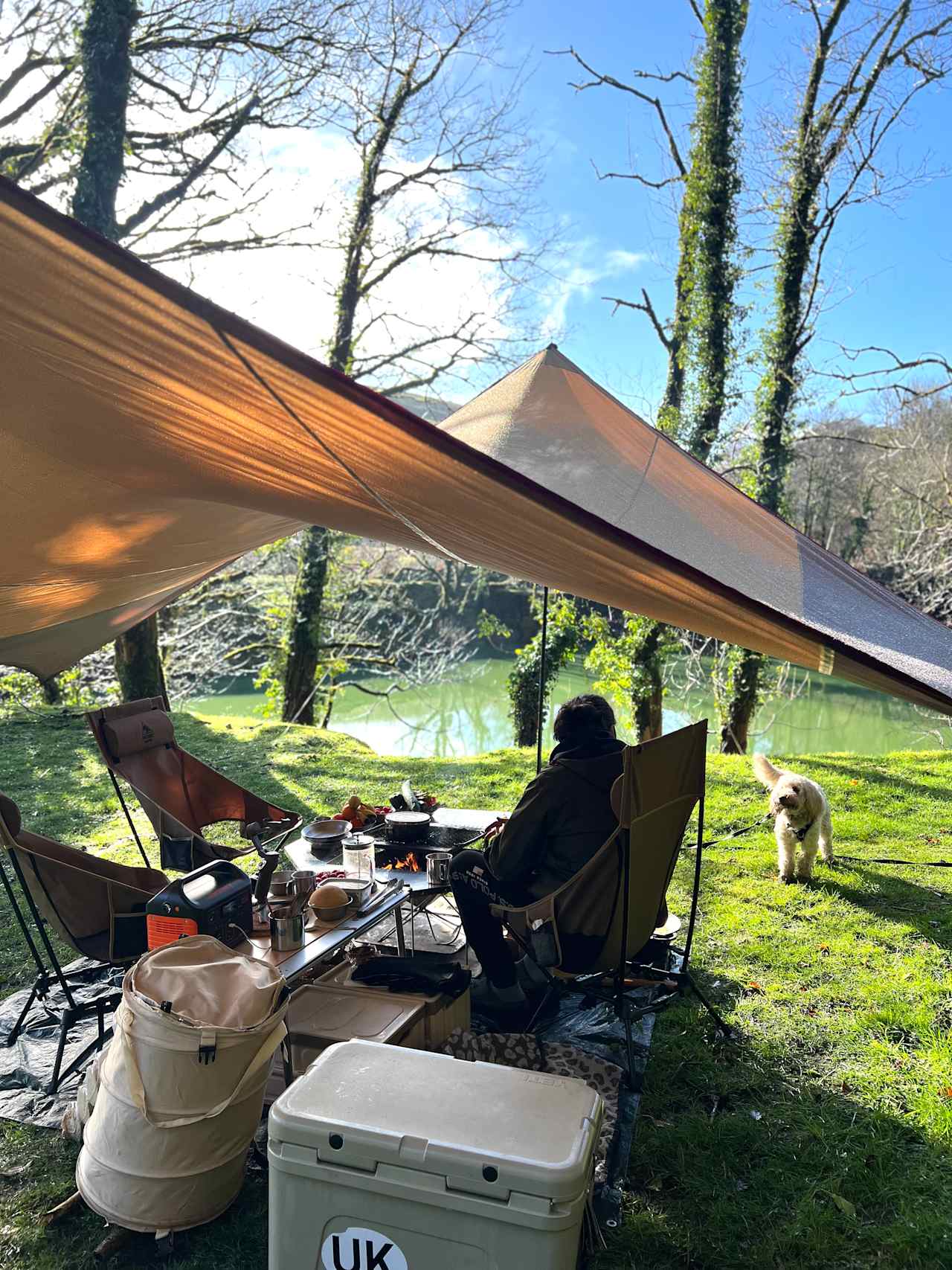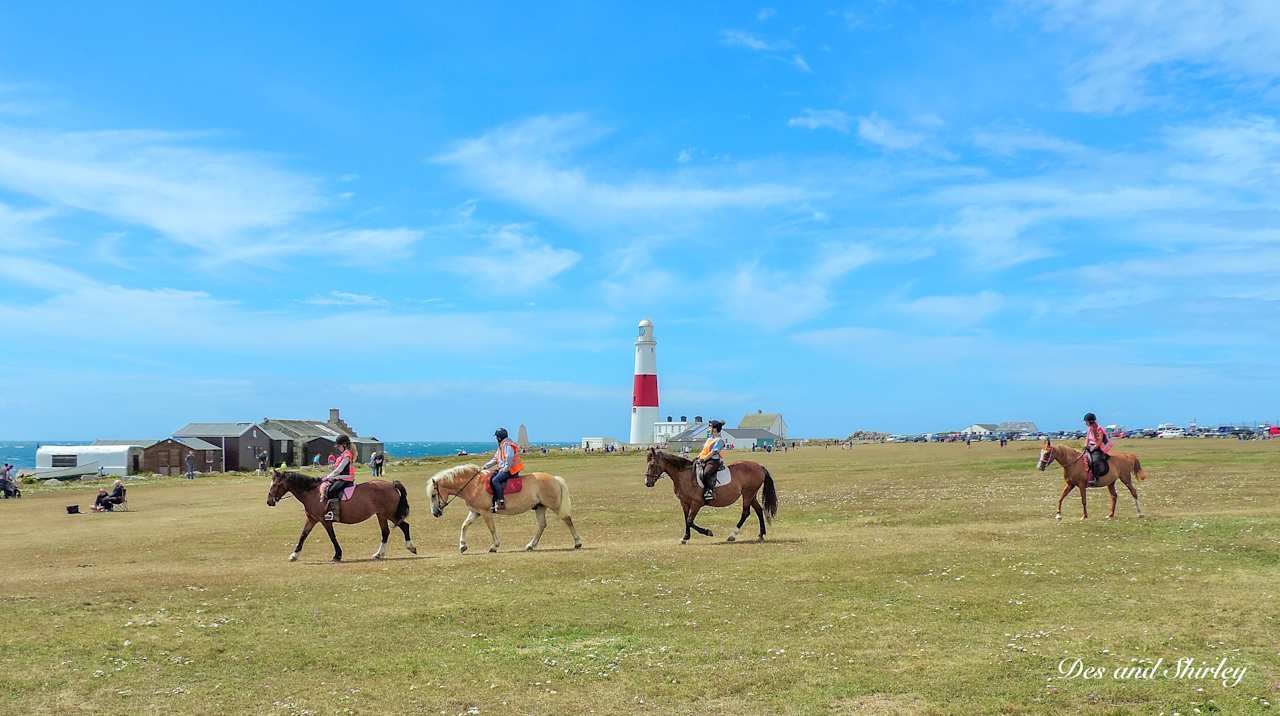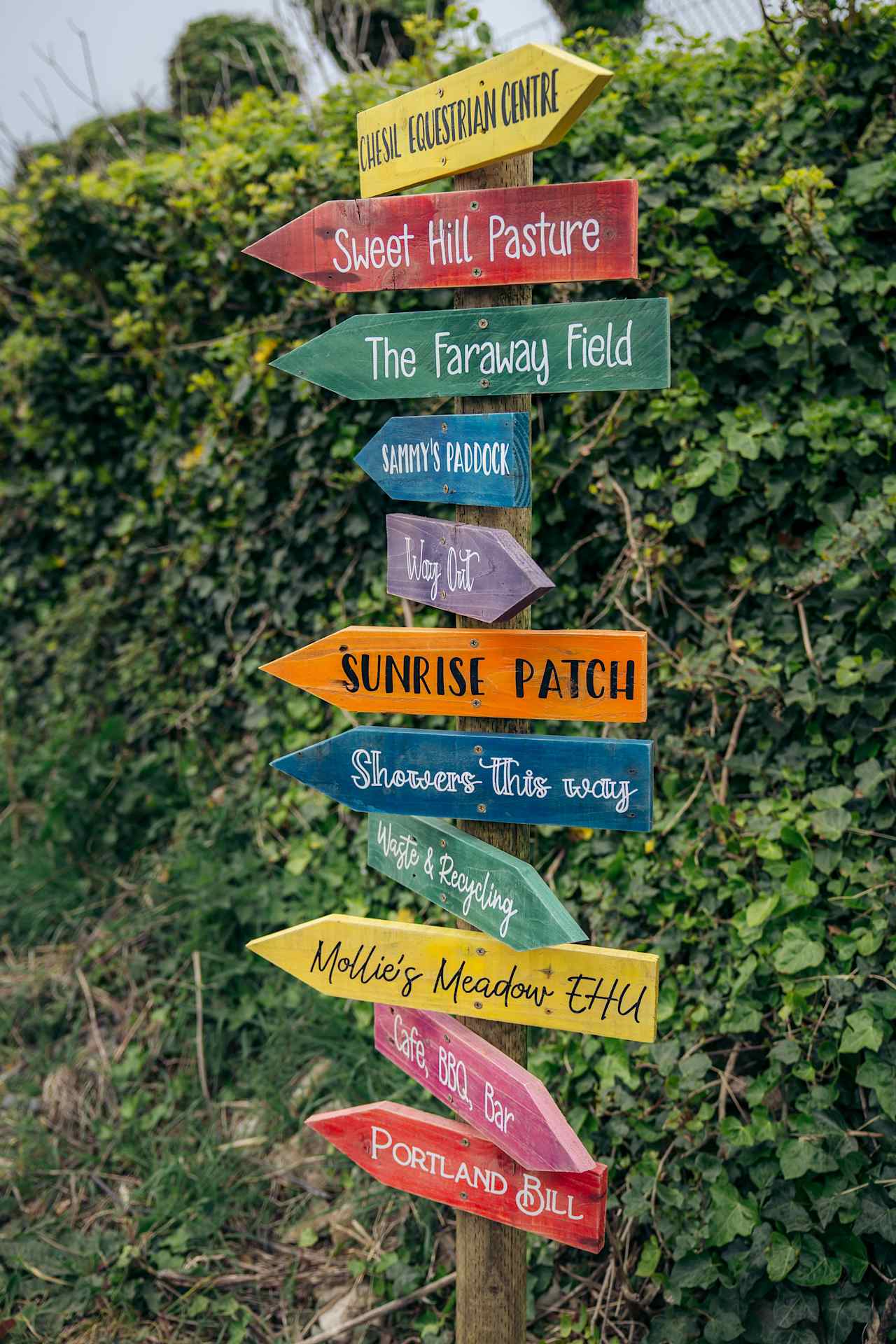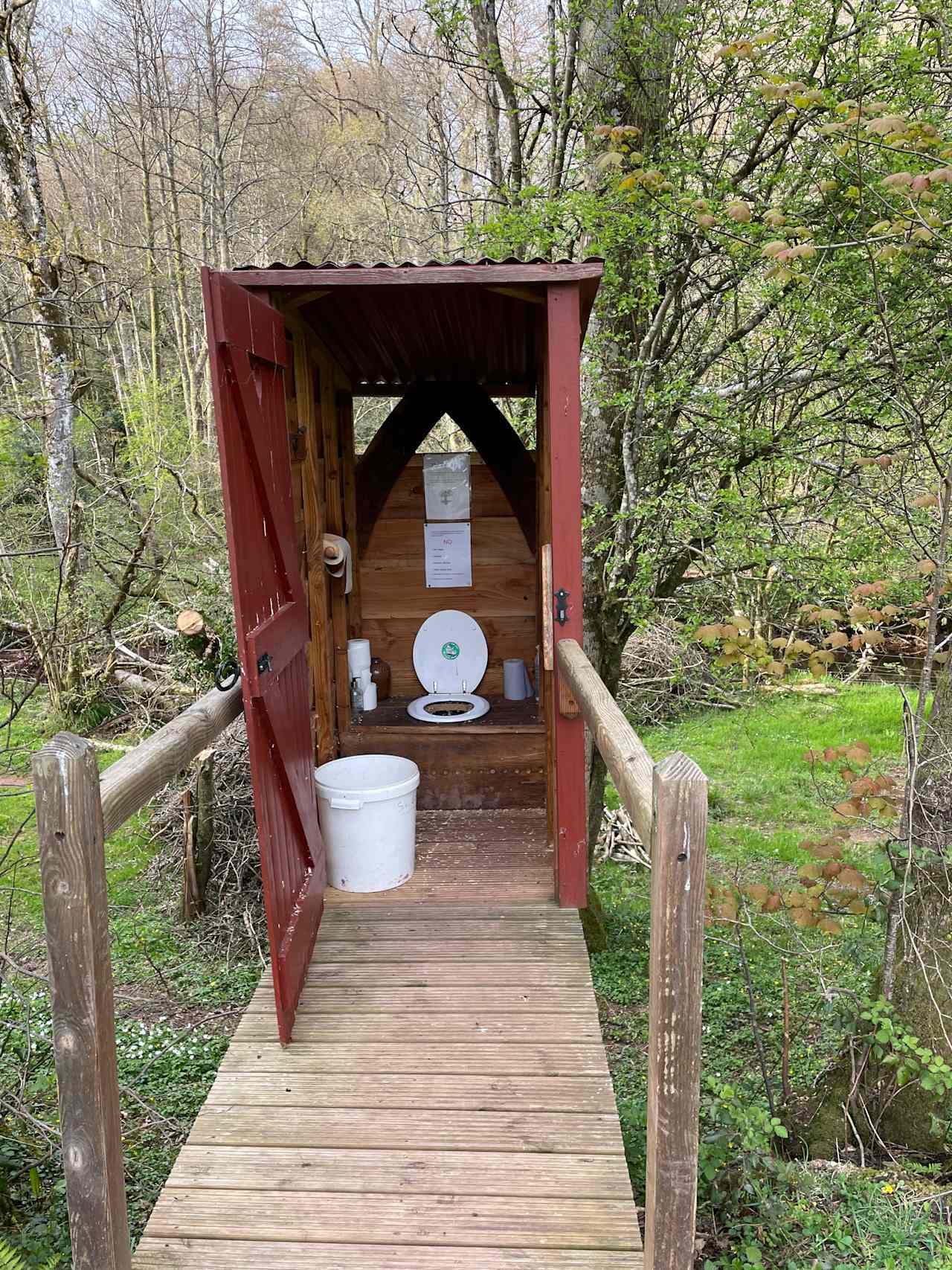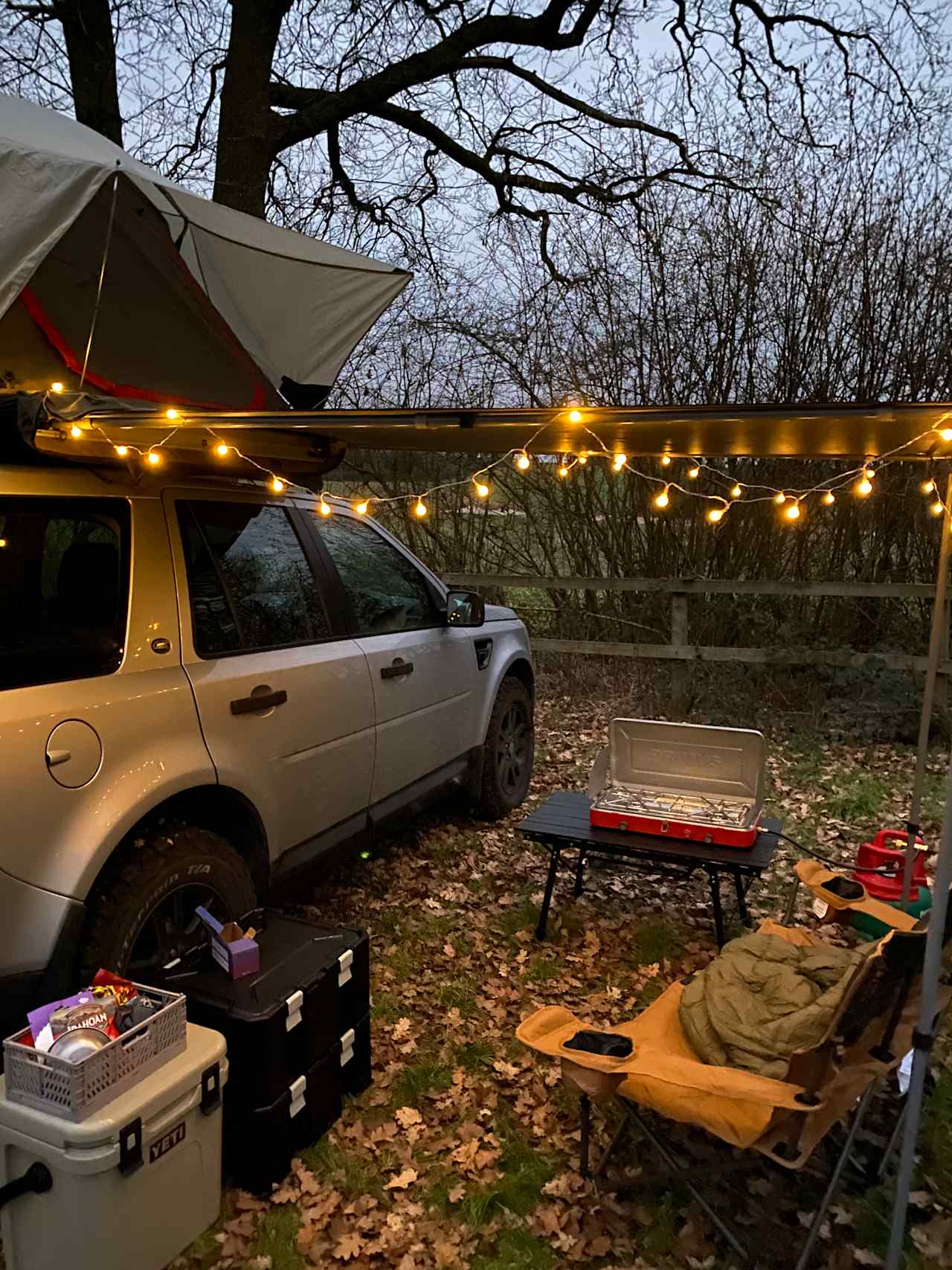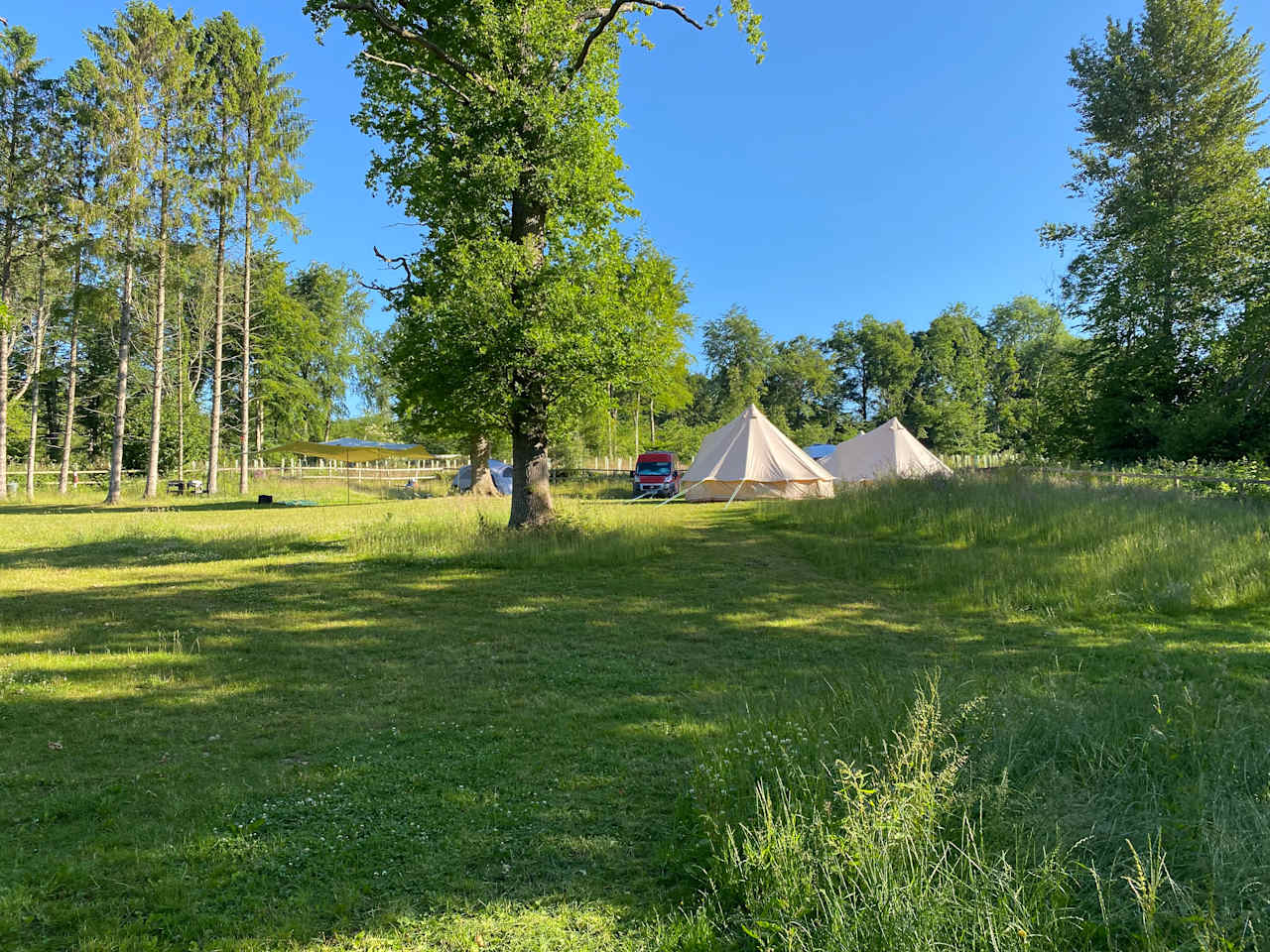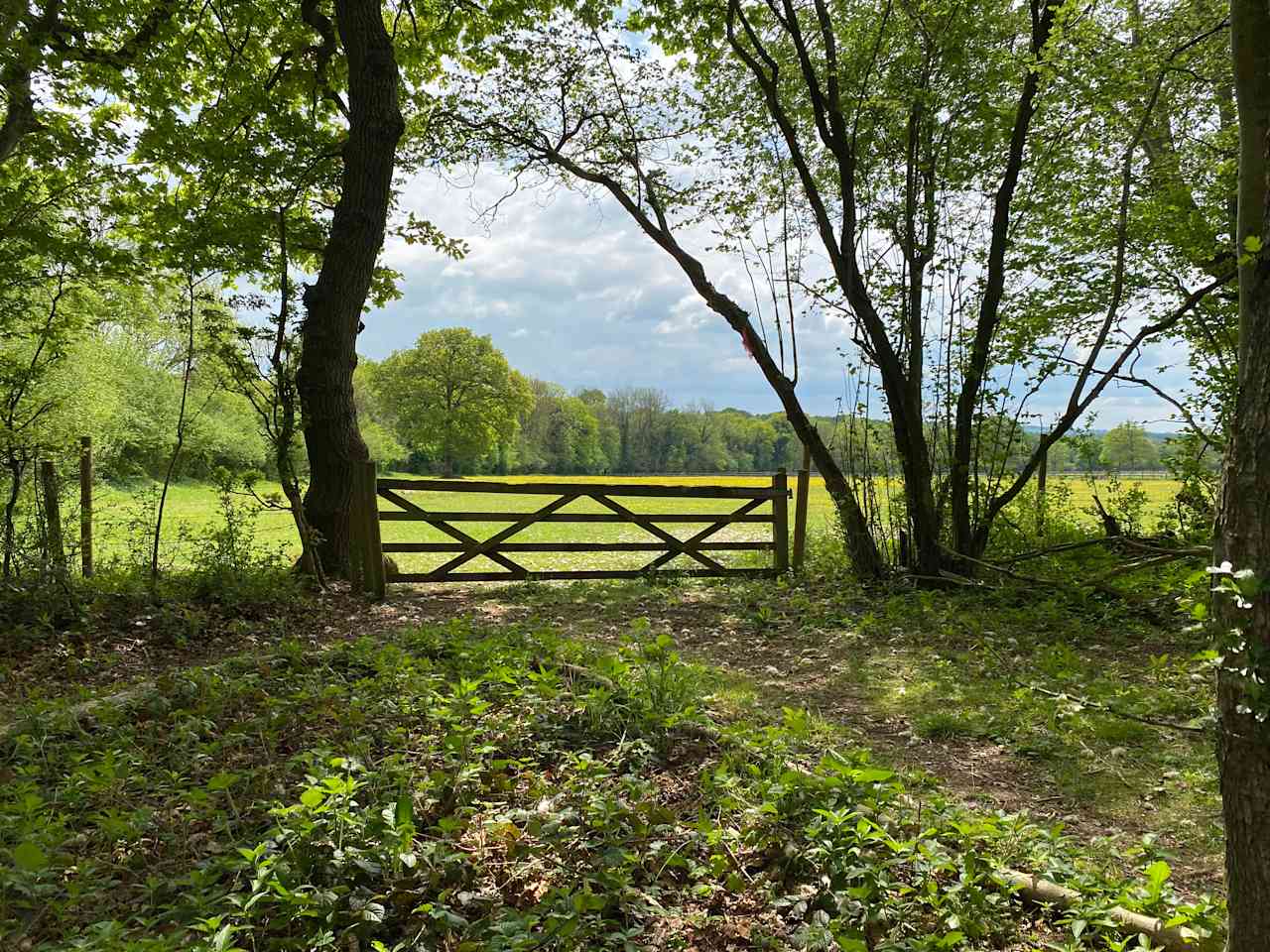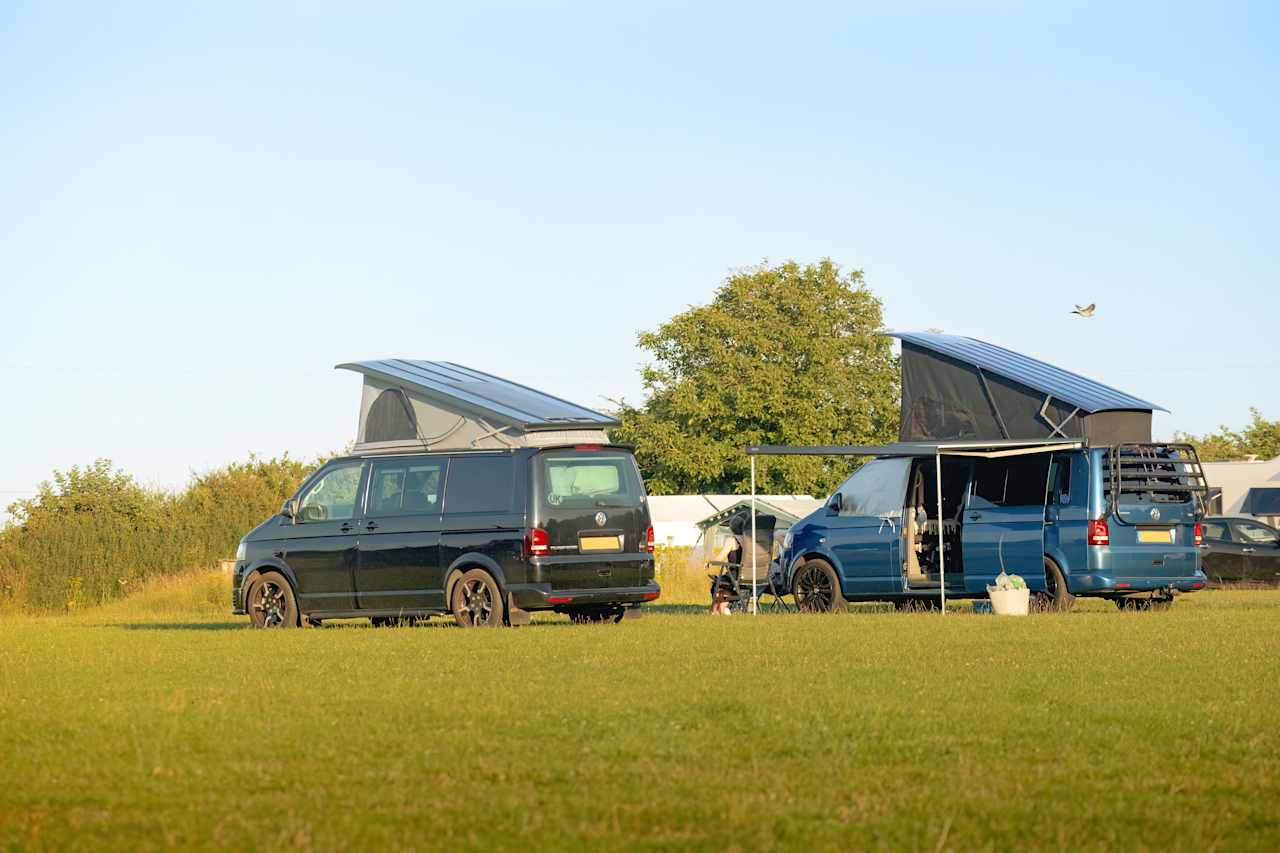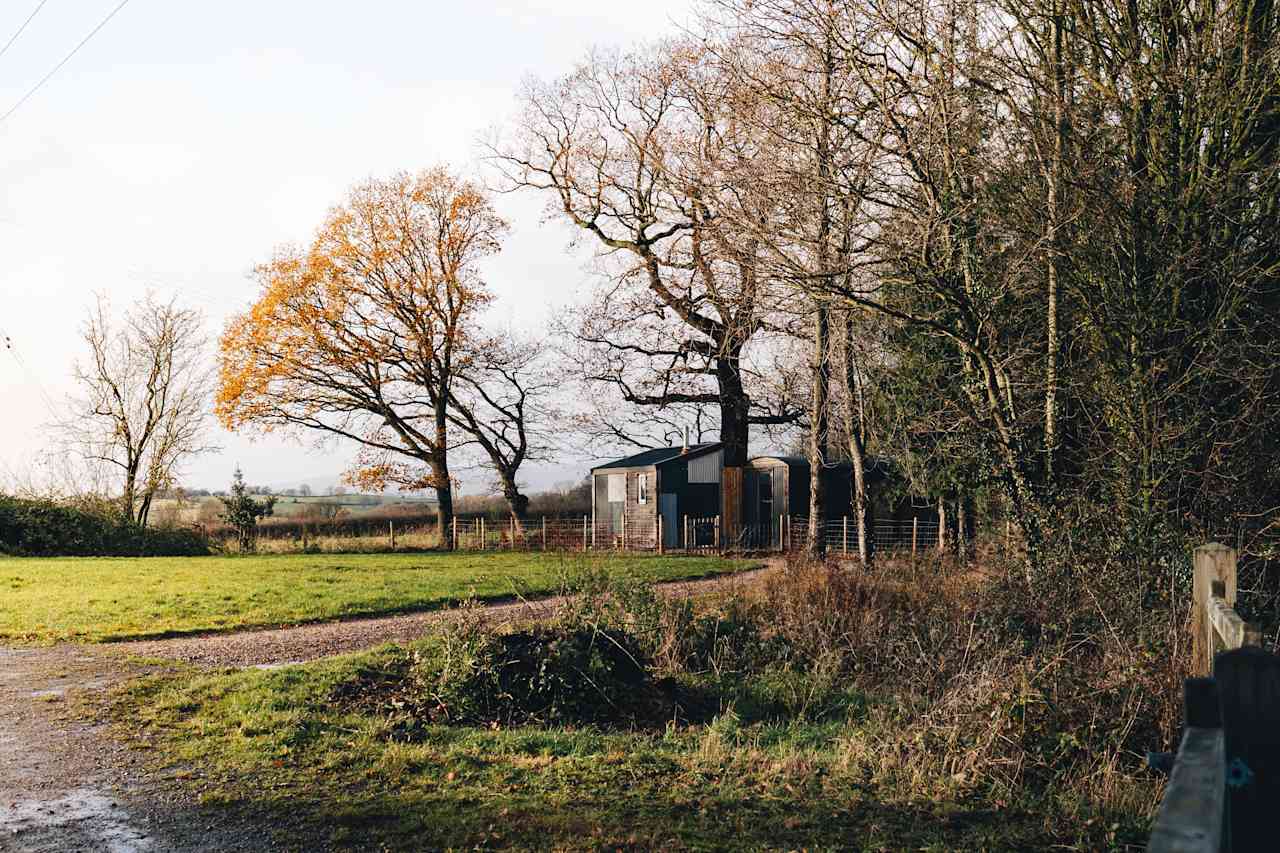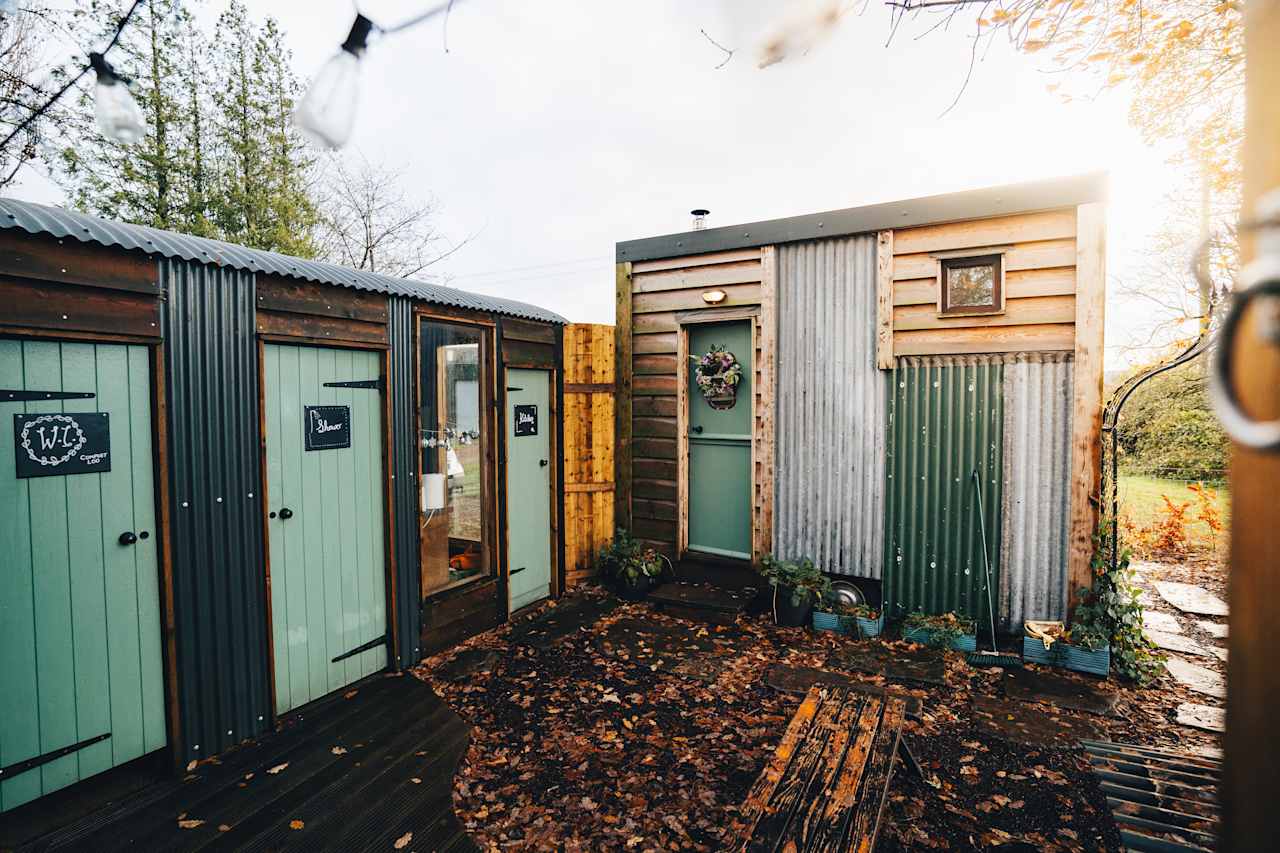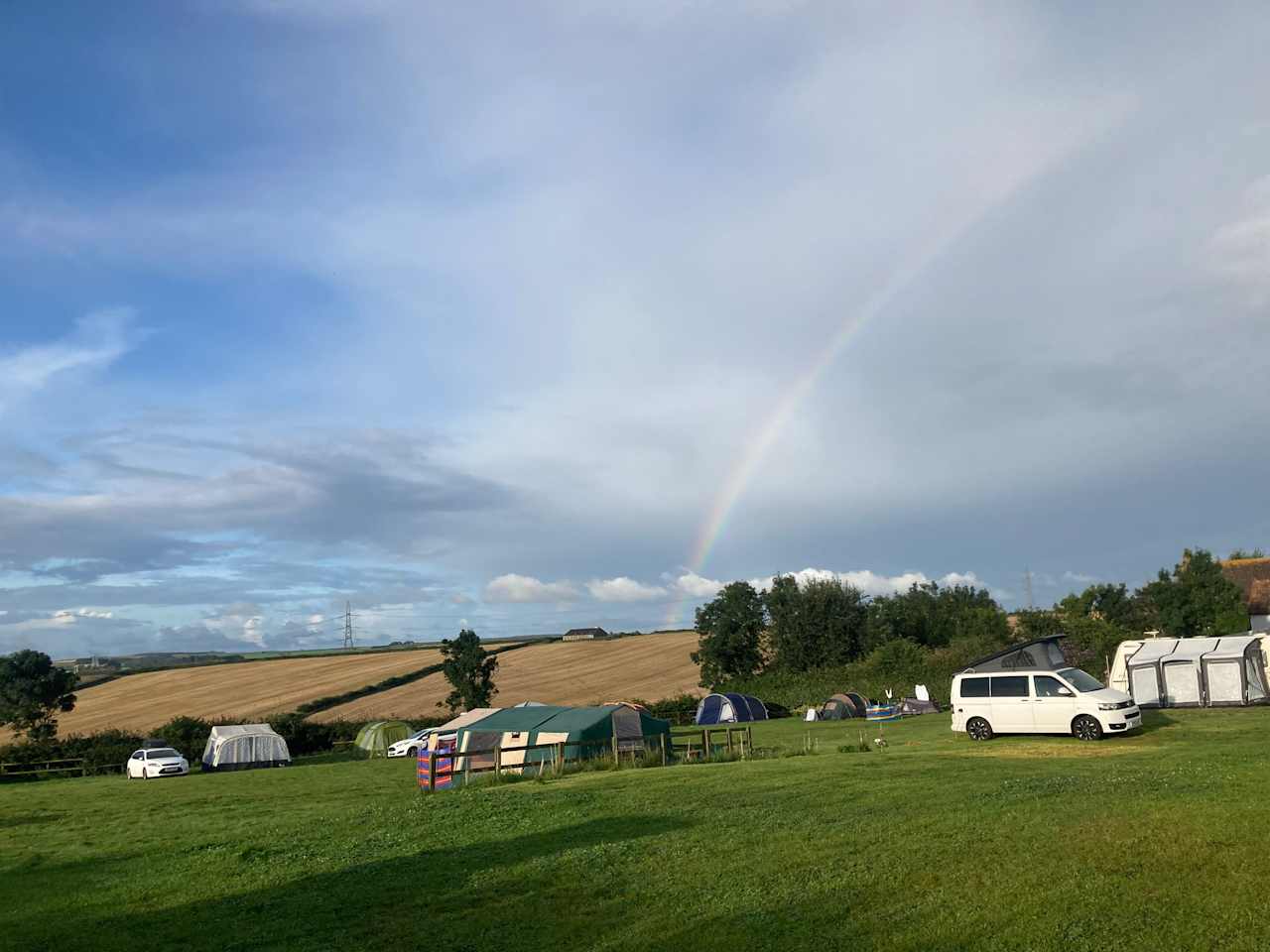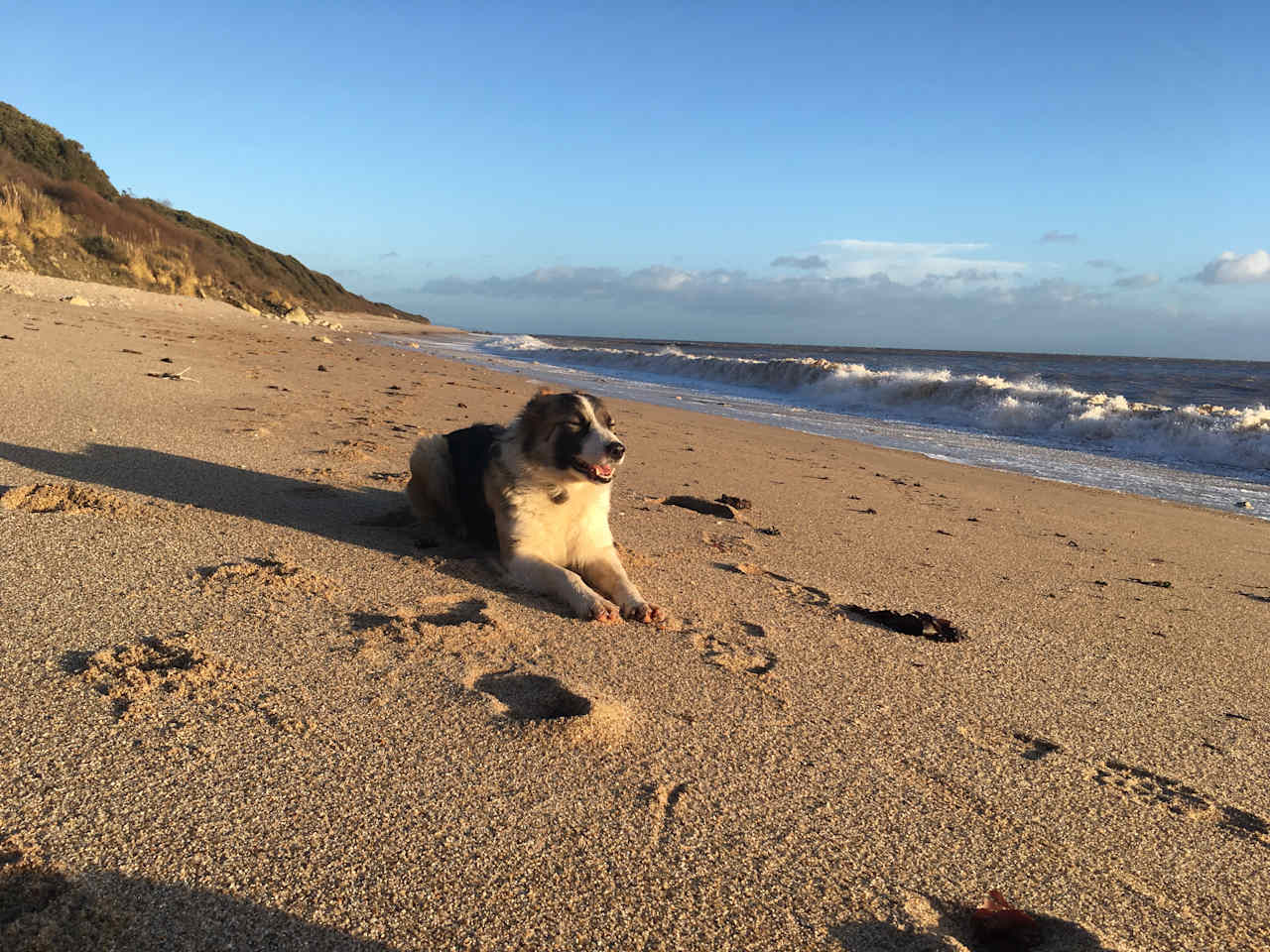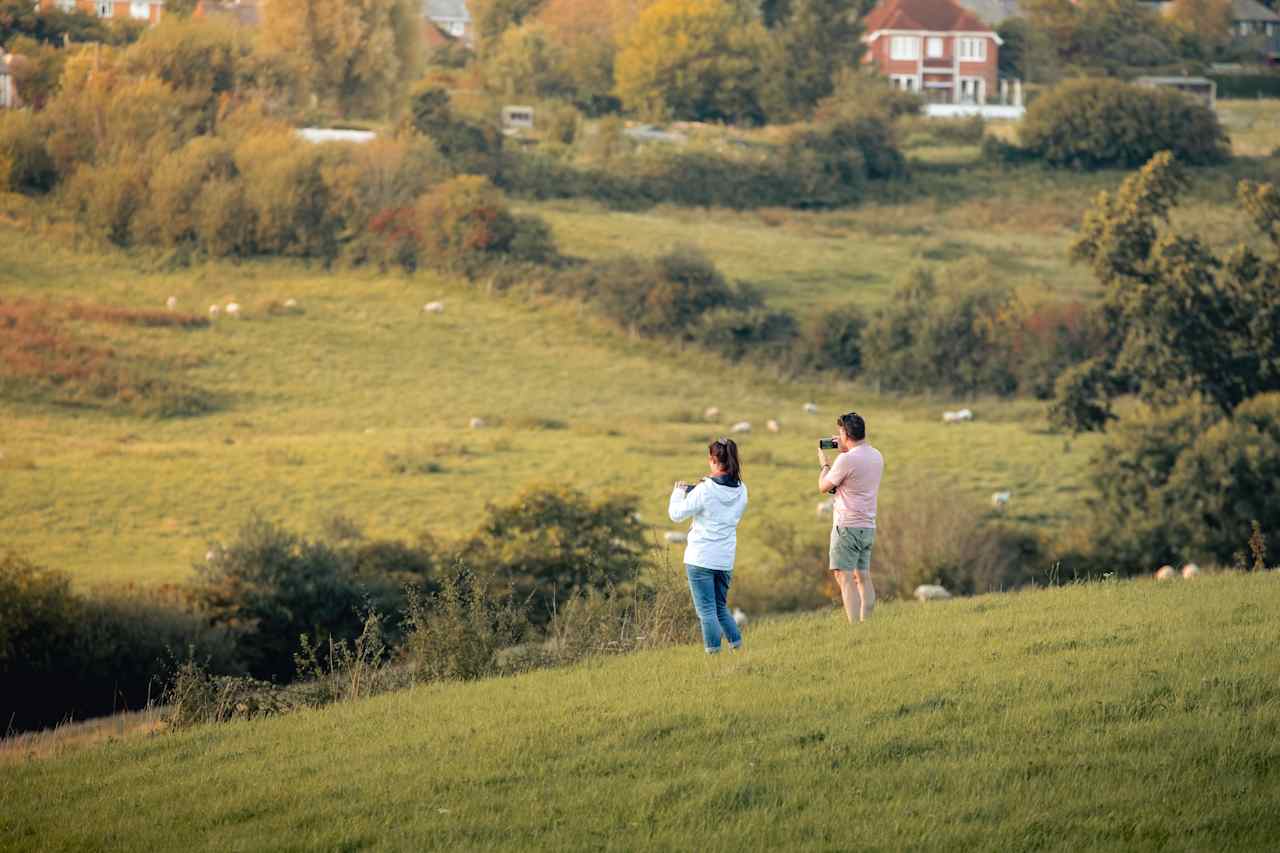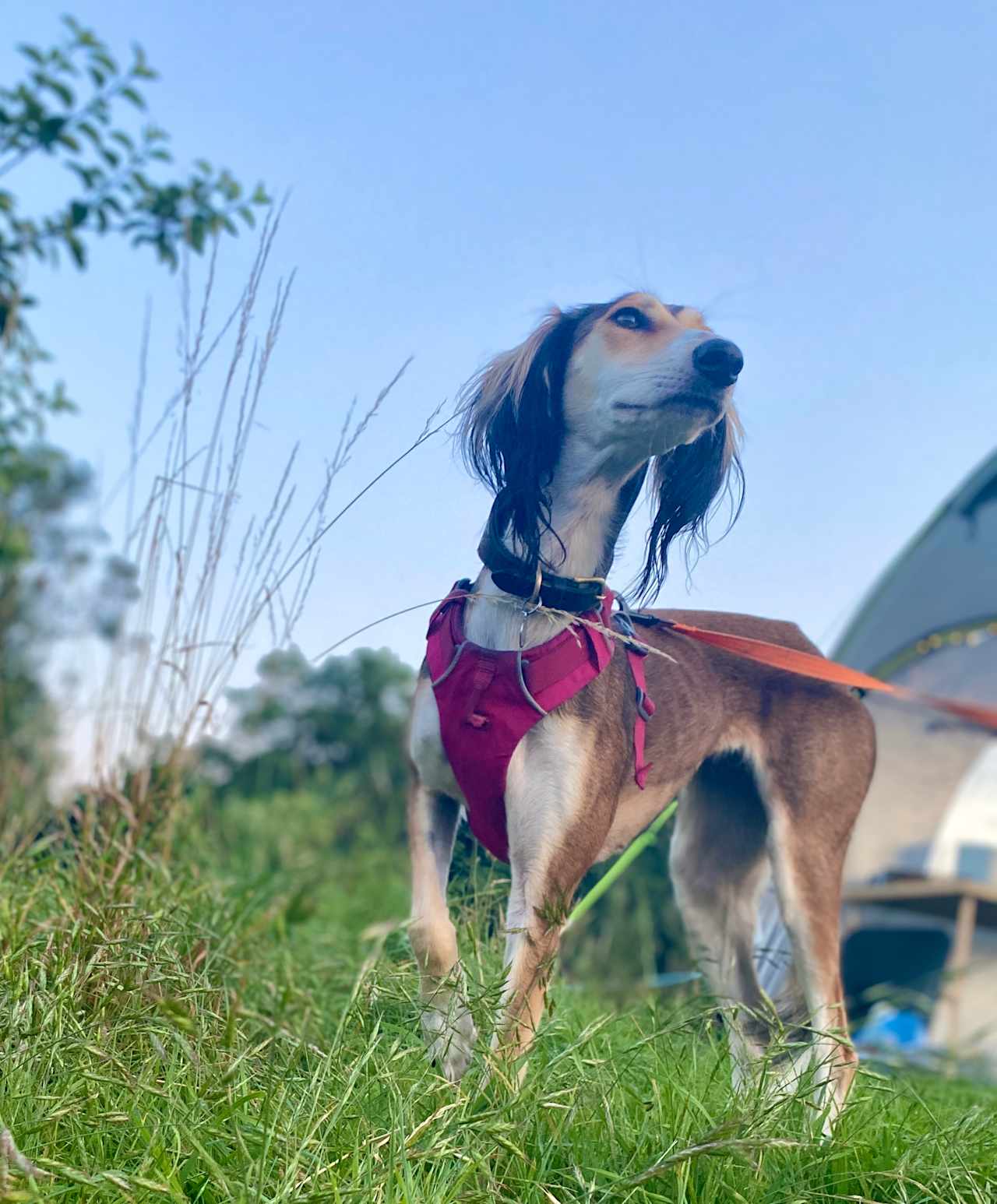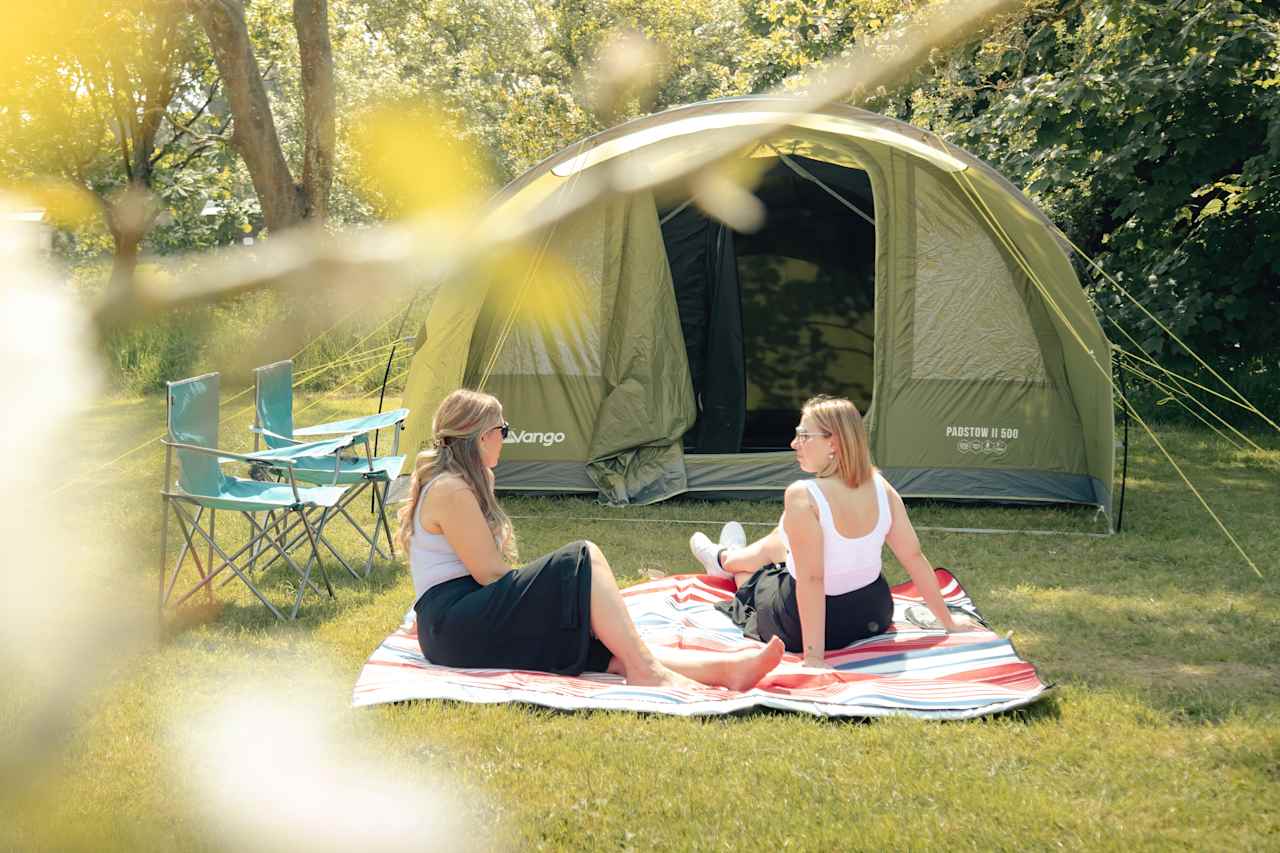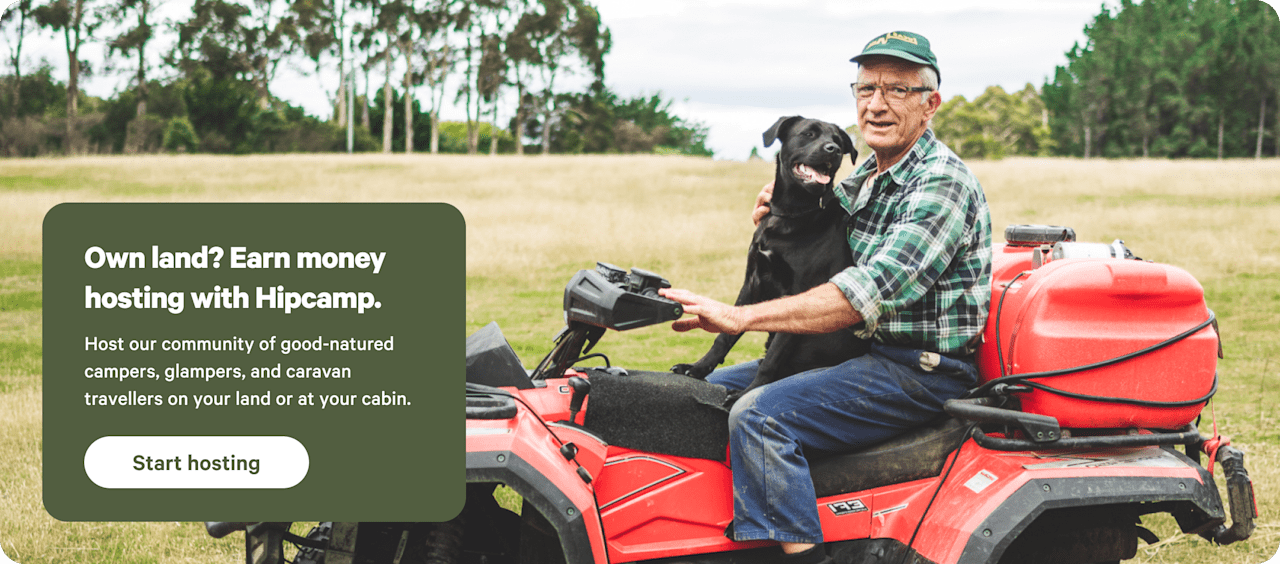Camping in Quantock Hills AONB
Discover coastline, heathland, and combe in the UK’s premier Area of Outstanding Natural Beauty.
- Quantock Hills AONB
Popular camping styles for Quantock Hills AONB
Community favorites in and near Quantock Hills AONB
Top-rated campgrounds reviewed by the Hipcamp community.
Spring Hill Wild Camping
Willow Valley Holiday Park
Available this weekend
Knotted Roots eco-stay camping
Under £50
12 top campsites in Quantock Hills AONB
Parke Farm Camping
Meldon Lake and Woods Wild Camping
Sweet Hill Farm
Celtic Woodland Holidays
Radcot Leisure on Thames
Pytingwyn Woods
Woodside Country Park
Woodlands Camping
Cornish Tipi Holidays & Camping
Cotswolds Camping
Star Hosts in Quantock Hills AONB
Dog-friendly getaways
Holyrood Farm Campsite
Girt Down Camping


Camping in Quantock Hills AONB guide
Overview
From dramatic cliffscape to wildlife-rich woodland, the small-but-mighty Quantocks has it all. Colourful heathland sprawls across the region’s slopes, while its diverse woodlands and scrub provide a natural habitat for red deer, sessile oak, and a variety of native birds. Unsurprisingly, wildlife-watching is a top activity here, though ramblers and riders will find lots to do too. The Quantocks are a particularly popular family destination, with plenty of fossils to hunt and forests to explore all the year round.
Where to go
West Quantoxhead to Kilve Coast
This Blue Anchor coastline on the Bristol Channel boasts Jurassic fossils, rugged cliffs, and deep rock pools, ideal for a day’s exploring with curious kids or nature-loving adults. Several holiday parks and no-frills campgrounds offer a convenient base for coastal or inland adventure.
Crowcombe
Near the AONB’s western border, this charming village and its surrounding meadows are a rambler’s paradise, with the Quantock Greenway and Samaritans Way South West trails passing directly through. Caravan parks and traditional campgrounds can be found nearby.
Aisholt
Home to the ancient Aisholt Wood, this scenic region in the east of the Quantocks was a known haunt of English Romantics Coleridge and Wordsworth. The red deer endemic to the Quantocks can often be seen here or at the nearby Holford Kelting reserve. Camping options include no-frills farm sites, plus glamping and caravanning.
Broomfield
In the southerly reaches of the AONB, this hilltop parish is among the highest points in the Quantocks, with its hiking trails providing sweeping rural vistas. The wild garden at Fyne Court offers family-friendly outdoor fun, while wild-style campgrounds and luxury glampsites can be found not too far away.
Kingston St Mary
Right on the southern border of the Quantock Hills, this gateway parish is just a 5-minute drive from the county town of Taunton, which is linked directly by train to London, Plymouth, Leeds, and Cardiff. The South Quantock Heritage Trail ticks off most of the region’s main sights, and is best explored on foot, bike, or horseback. Eco lodges, farm camps, and caravan sites are all available in the vicinity.
